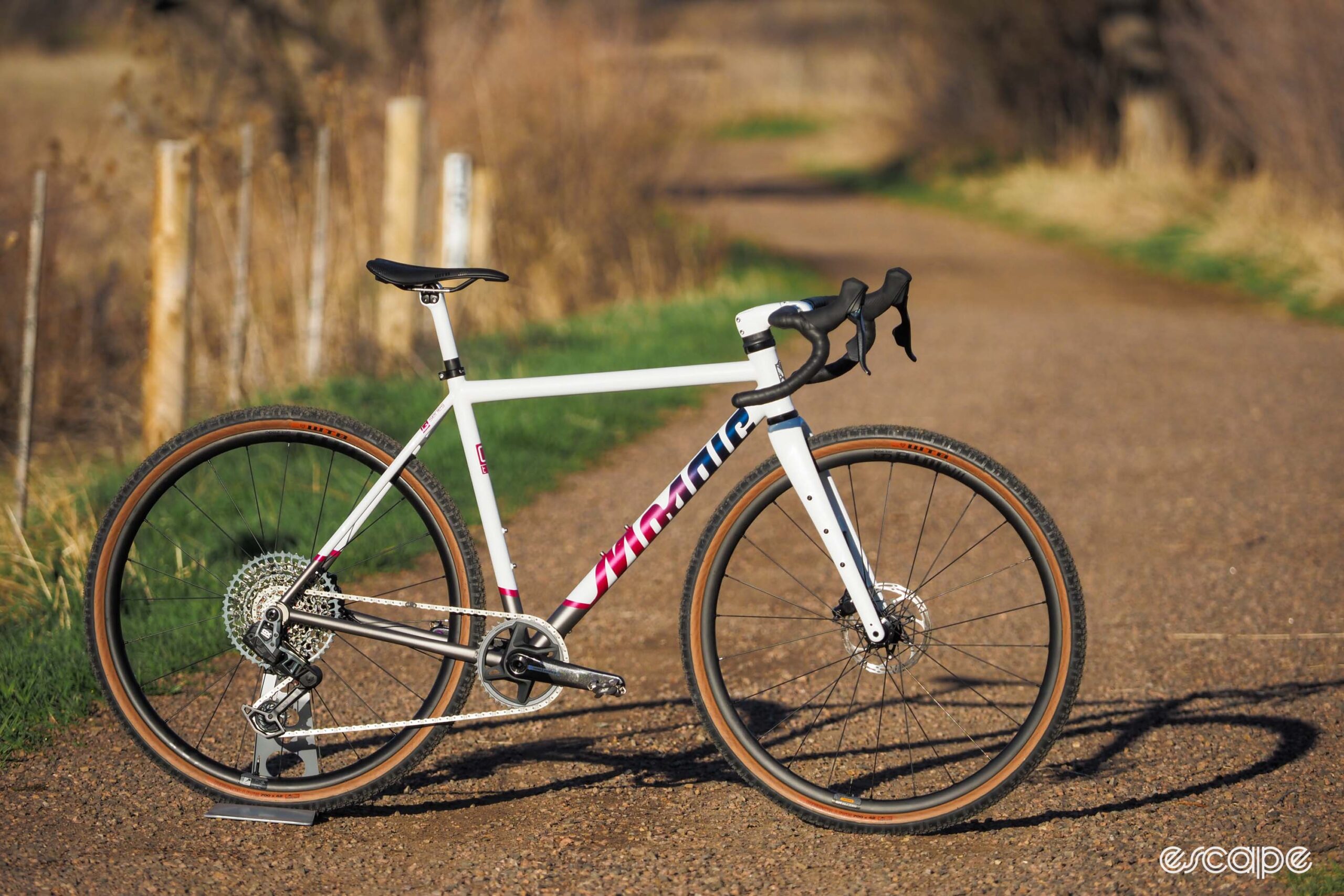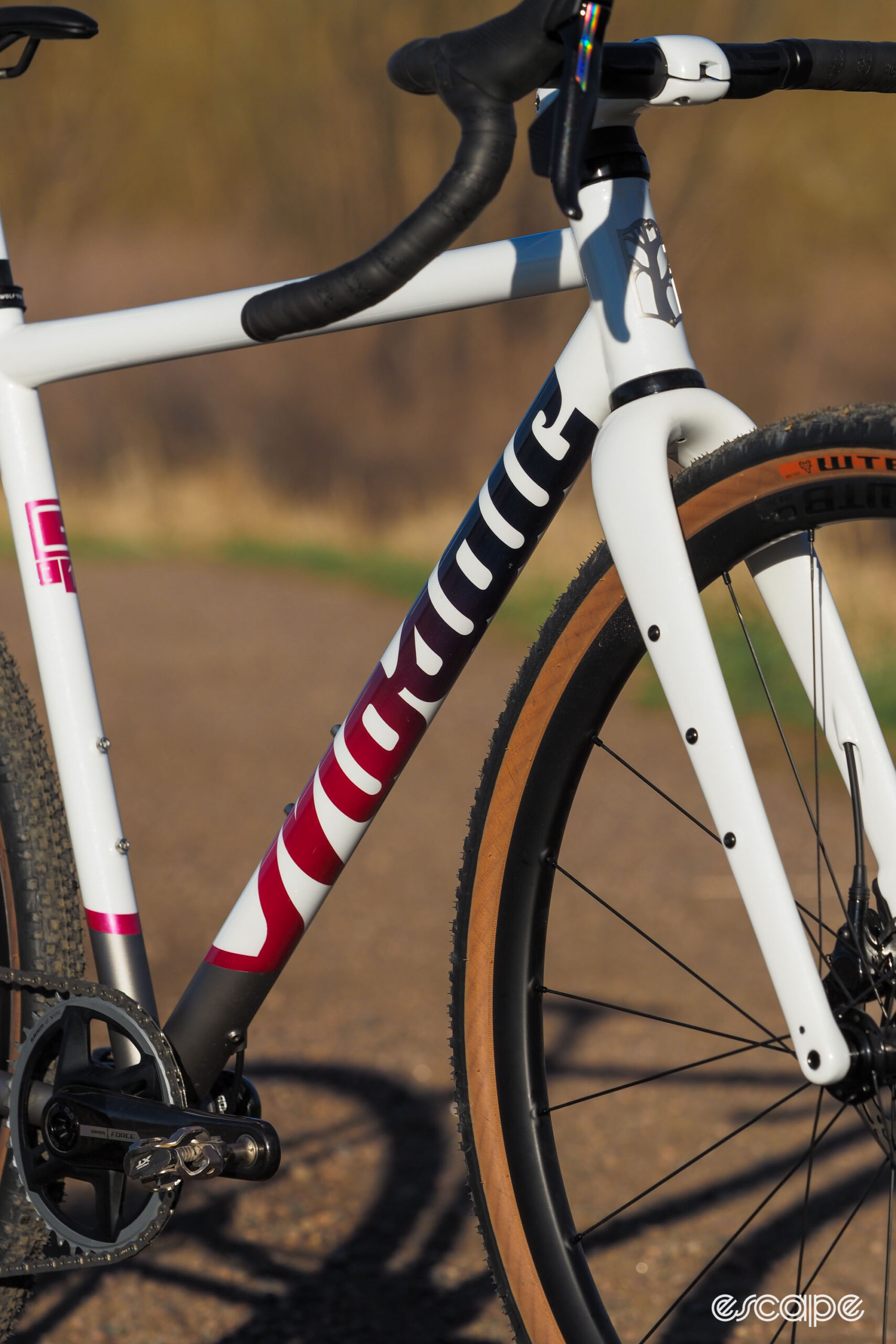If someone were to ask if you would be interested in having Mosaic build one of its flagship titanium gravel bikes just for you, what would you say? Yeah, that’s what I thought. That was pretty much my reaction as well when the company’s PR agency inquired if I wanted to check out one of Mosaic’s new GT-1 i45 model prior to its official release, complete with a rider-specific double-butted 3/2.5 titanium tubeset, fresh Paragon Machine Works UDH rear dropouts, a SRAM wireless electronic transmission, and the new fully internally routed Enve IN-Route fork, headset, and cockpit components that separate the GT-1 i45 from the standard GT-1 45.
Oh, and did I mention it was also going to be built with custom geometry and a paint job of my choosing?
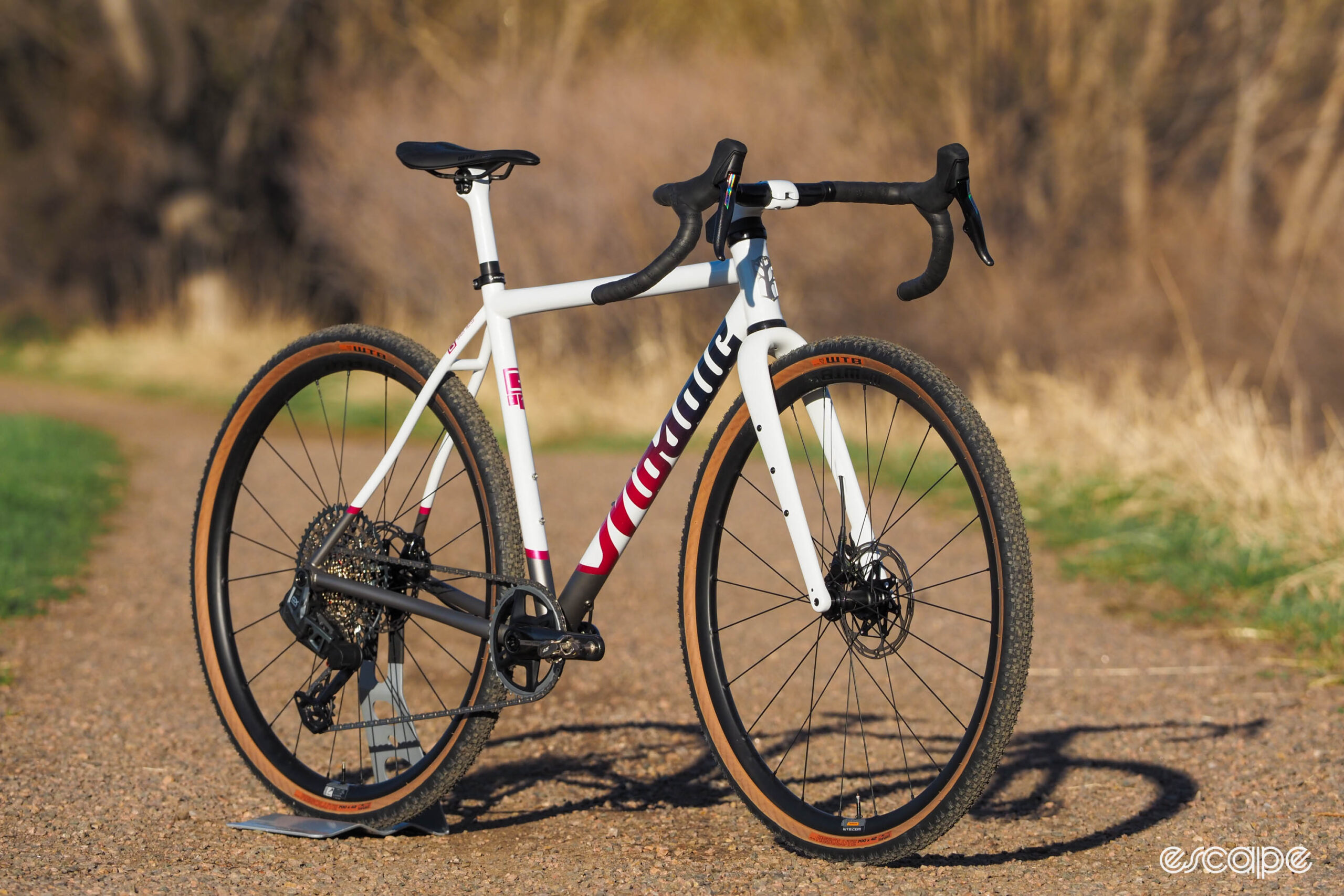
Surely there was a hidden camera somewhere, but regardless of whether I might eventually end up on an episode of a Punk’d redux, it seemed like too enticing an opportunity to pass up. After all, Mosaic Cycles is local to me here in Boulder, Colorado. I’d documented the company’s inner workings at least twice, and I’d watched practically firsthand as founder Aaron Barcheck grew the business from its humble beginnings in a run-down rental space in old north Boulder to one of the most prestigious titanium brands in the business. I have several friends who own one – some even two or more. I’d taken countless photographs of them at various handmade shows, but had never even tossed a leg over one myself.
Uh, yeah, I was game.
Mosaic proposed that I go through the entire process just as a typical customer would, which included a comprehensive session with one of the company’s recommended fitters – in my case, Ivan O’Gorman of IOG Bike Fit and Consulting in nearby Niwot, Colorado. Ivan first checked out how I fit on a bike I brought with me (my trusty Allied Alfa Allroad), and we talked in detail about after how I prefer my gravel bikes to fit (taking into account my longer torso and shorter legs for my height) and handle (I’m more of a MTB rider at heart). After almost three hours in Ivan’s studio, we came up with an initial proposed geometry for Mosaic to evaluate.
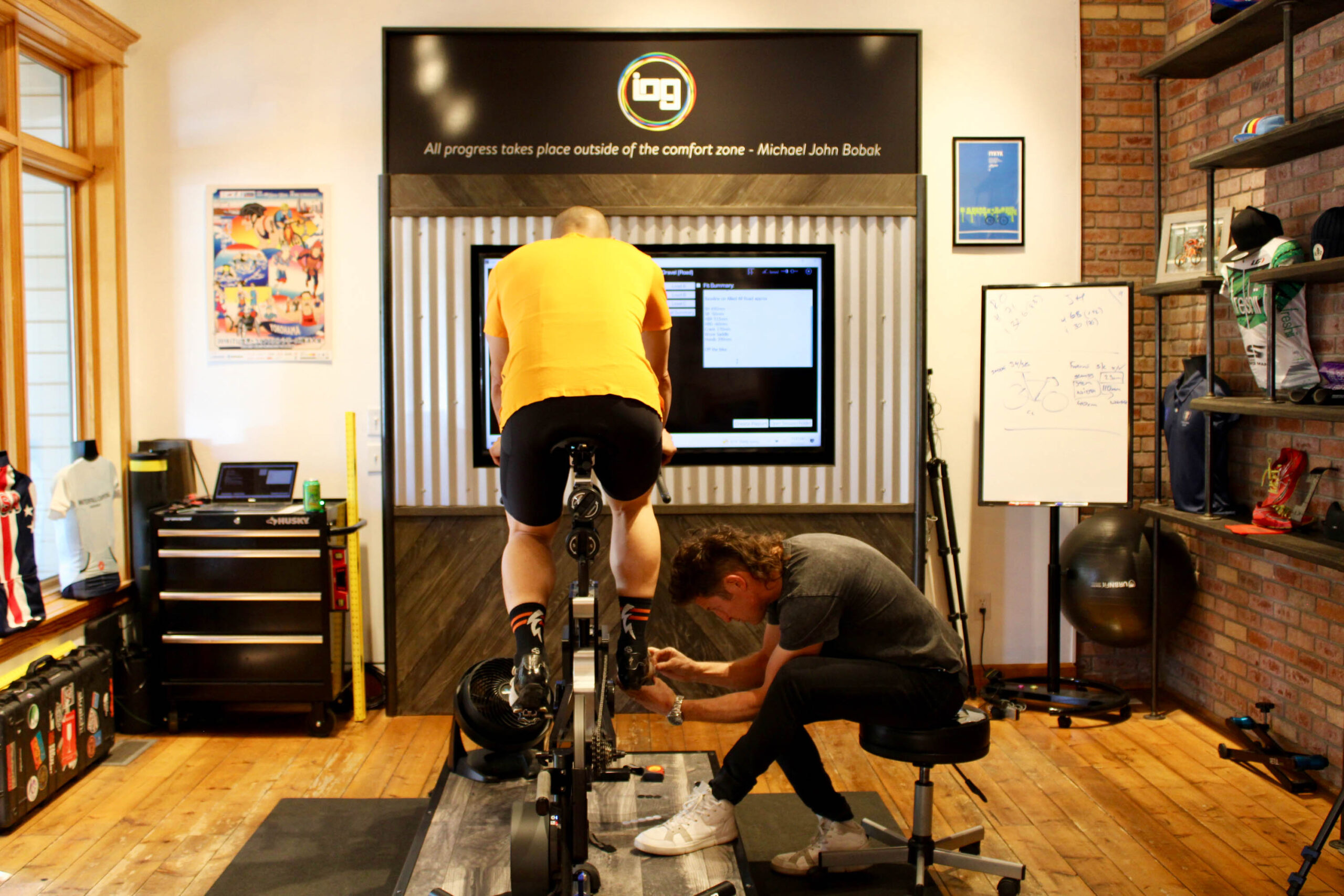

The fit would indeed be nearly identical to that of my Allied, but the handling would be closer to that of a BMC URS with a much longer reach (407 mm for my modest 1.73 m/5’ 8” height) and a relatively stubby 80 mm-long stem, a longer front center with a longer rear end to match (partially so Mosaic could build around my desired tire clearance), but still with a reasonably short trail dimension (66 mm) so the bike wouldn’t be a slug on the road. After some back-and-forth between Ivan, myself, and Mosaic’s multiple-hat-wearing Mark Currie, we locked in the geometry and Mosaic’s craftspeople put “my” bike into the production schedule.
As much as figuring out the fit and handling was chock-full of details and discussion, the decision about the finish was arguably even more nerve-wracking. (So. Many. Options.) Mosaic includes your choice of several “standard” schemes with the GT-1 i45 – along with a few premium options – and I ended up settling on Mosaic’s “Ultra Modern Two Tone” with a pearl white base, a pearl magenta-to-pearl navy fade on the down tube logo, a stem and seatpost painted to match, and a raw bead-blasted finish around the lower portion of the front triangle and the chainstays.
Mosaic dressed up the GT-1 i45 with a midrange SRAM Force AXS/GX Eagle Transmission “mullet” wireless electronic groupset, WTB CZR i23 carbon wheels wrapped with 42 mm-wide WTB Resolute tubeless tires, a WTB Gravelier saddle, and a carbon fork, stem, seatpost, and bar from Enve’s new IN-Route family.
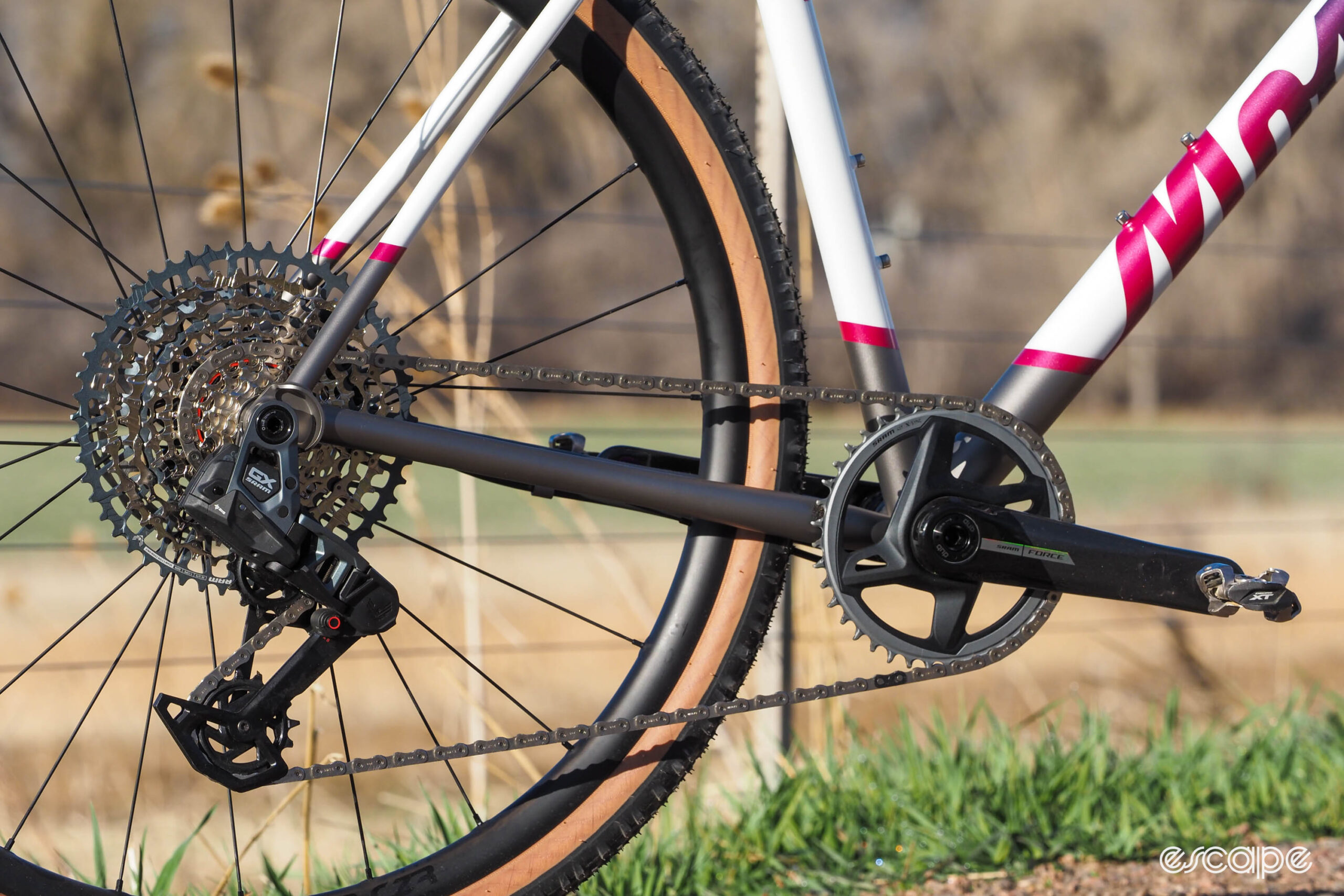
Retail price for a Mosaic GT-1 i45 “frameset module” is a lofty US$8,300, including the frame, fork, headset, stem, and seatpost, plus your choice of seven different stock finish layouts and a seemingly endless selection of colors. Should you want to upgrade to one of Mosaic’s Artist Series finishes, that would tack on another US$1,300. As built here? The full bill would come out to around US$12,250 (pricing for other regions is individually set by Mosaic’s international dealers and is dependent on current exchange rates). That obviously stings more than a little, but when you consider that fully stock flagship bikes from major brands easily cost that much or more these days – often with little-to-no customization options – that number doesn’t seem quite as outrageous.
Total weight without pedals was 8.56 kg (18.87 lb) without pedals or accessories. And holy crap, does it look good.
Confirmation bias
I’ve heard countless times that my opinions shouldn’t count because I didn’t pay for the bikes and gear I’ve reviewed (despite the fact that the stuff isn’t mine to keep). But I’d counter that by saying few people would be willing to admit to others – let alone themselves – that something they spent an awful lot of money on didn’t quite meet their lofty expectations. Put more bluntly, I have no financial incentive one way or the other if I think something does or doesn’t work well.
Did that apply to the absolutely gorgeous custom GT-1 i45 that Mosaic had built for me?
To be honest, I’m not sure I even knew what my expectations were.
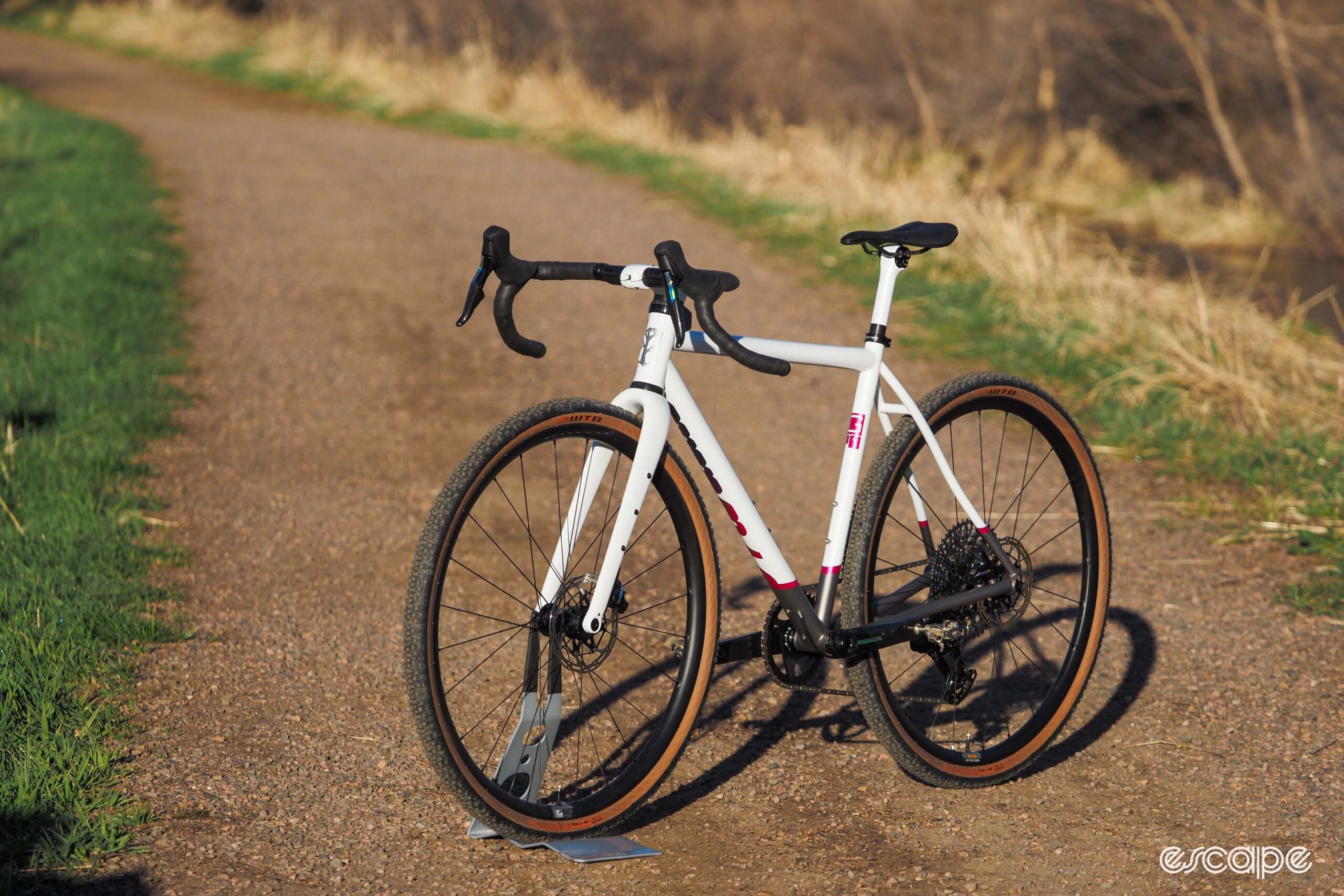
Mosaic says the GT-1 i45 “delivers a modern, responsive, confident, and comfortable platform to build your dream gravel bike upon,” but what does that mean? Moreover, reviewing custom bikes is inherently challenging since while I can do my best to provide an accurate assessment of what a bike feels like and how it performs, it almost seems pointless to evaluate something that’s different for every person by definition. That said, how well did Mosaic fulfill the wants and needs I requested at the outset?
Pretty darn well.
Ivan’s fit assessment was spot-on, and I literally did nothing but tweak the saddle height and setback a few millimeters to account for the differences in shape from what I usually ride. But everything else? It felt like home from the first few pedal strokes, just as you’d hope for a custom bike like this.
Handling is a little trickier to get a perfect match, particularly given Mosaic holds pretty strict guidelines on each model’s core characteristics.
“Certain elements of the design are held relatively constant across every GT-1 i45 we make,” Currie explained. “Chainstay length, bottom bracket drop, and trail define the model. At the very most, these variables change by up to 5 mm across our entire spectrum of sizing from the smallest bike we can produce to the largest.”
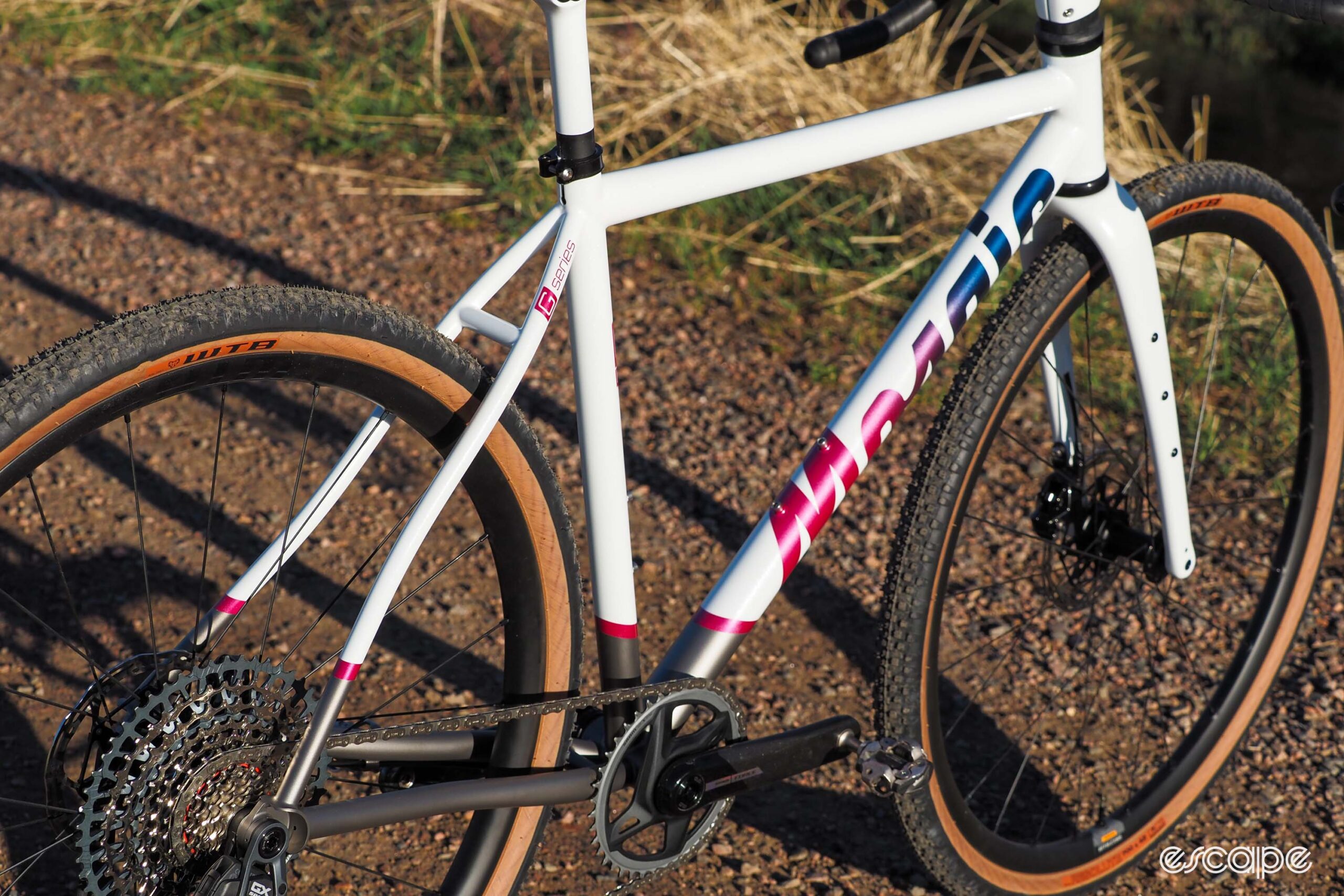
Nevertheless, this is perhaps one of those situations where it’s helpful to choose a builder that’s local to you and your riding conditions. Barcheck and the rest of the Mosaic crew ride the same stuff that I do, so it was no surprise that the GT-1 i45’s 66 mm trail dimension worked well for the broad mix of terrain that peppers the Boulder landscape. When paired with the longer reach and front center I requested, the result was a pleasant blend of quickness and stability that handled both fast paved descents and chunky singletrack with equal aplomb.
Visually, Mosaic knocked it out of the park. I’ve always thought white bikes aren’t as appreciated as they should be (yes, I know they’re a pain to keep clean), and whenever I’m free to pick colors, magenta and violet always seem to land on my palette. The first time I saw the bike in the sun with that pearlescent finish and slick two-tone fade on the down tube? Oh my. Icing on the cake was how the chainstays and lower portion of the front triangle were left raw to minimize the heartache of inevitable rock chips.
As for ride quality, the GT-1 i45 was about what I expected it to be.
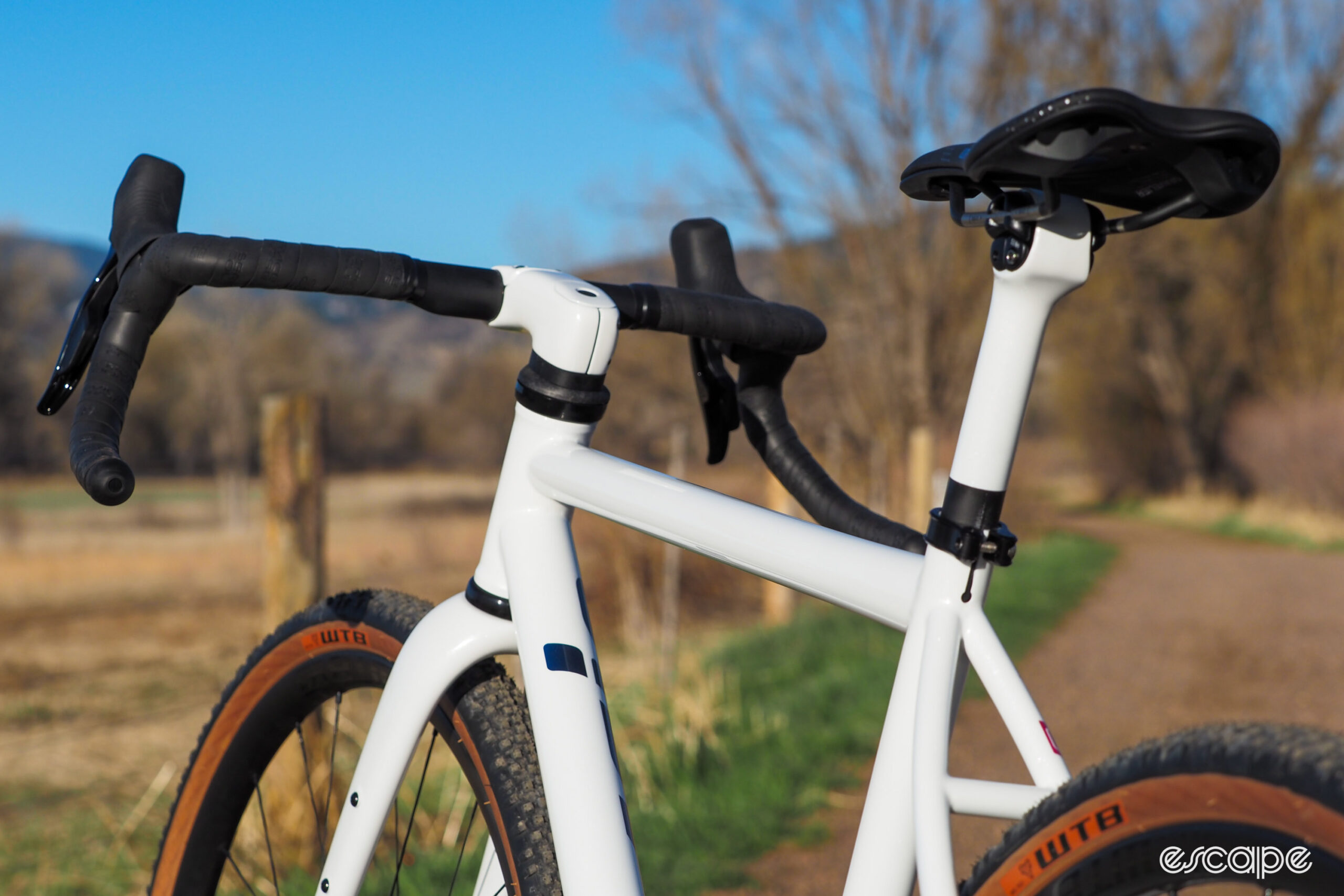
The double-butted tubing offers up that springiness and zing that characterizes good titanium bikes, it’s plenty stiff at the bottom bracket when pedaling and resistant to twisting up front when you’re muscling it through more technical terrain, and there’s more feedback from the tire contact patches than what you normally get out of a carbon fiber frame.
Yet for as many times I smiled while riding this GT-1 i45 loaner, or repeatedly turned back to look at it as I walked into the house from the garage, a little voice in my head kept nagging me.
Head vs. heart
I’ve been in the extremely fortunate position in my career to have had several custom bikes built over the years just for me. More than 10 years ago, Alchemy built me a special Helios carbon fiber road with custom fittings for the disc brakes that were just emerging at the time. A couple of years later, I commissioned from Seven Cycles a custom Evergreen Pro titanium and carbon fiber frame that I had made for a then-novel mixed-surface ride in Nelly’s Ford, Virginia. There was a gorgeous Engin Cycles titanium all-roader with a longer reach and front center that company founder Drew Guldalian and I were both curious about (he and I are conveniently not far off in fit). Enve built for me a Custom All Road mimicking the geometry of my much-loved Allied Alfa Allroad. The Framework aluminum-and-carbon fiber masterpiece I reviewed just a couple of months ago was also made with bespoke geometry.
There are probably others I’ve forgotten, but you get the point: certainly as far as bikes are concerned, I’ve indeed led a charmed life.
Every one of those bikes stands out in my memory for various reasons. The Enve, for example, feels like home every time I hop on it. I haven’t ridden the Seven in a couple of years now, but I just can’t bring myself to sell it almost solely because it’s just too pretty to let go of. The Framework is an astounding example of precision manufacturing.
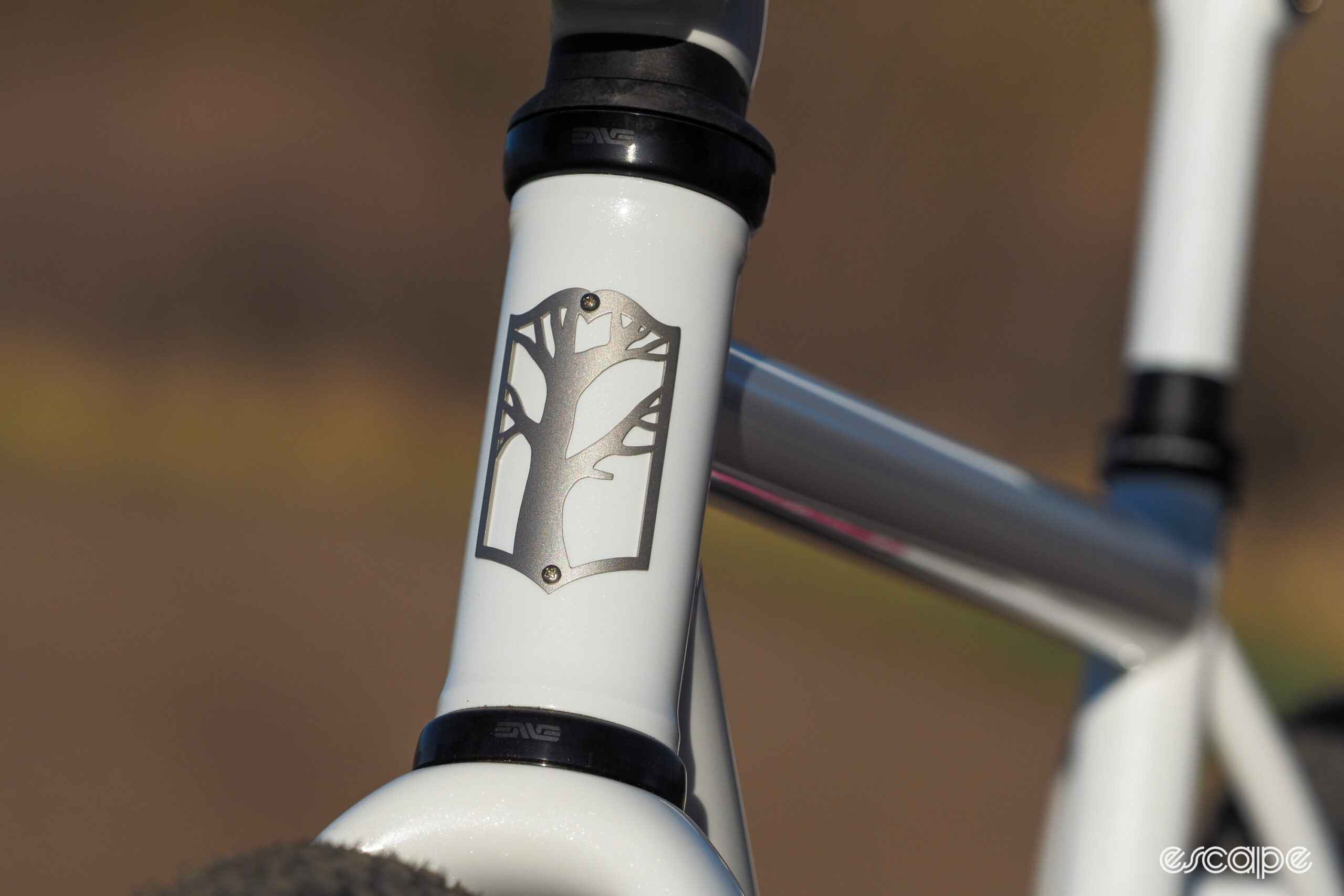
Yet for all the talk about custom bikes being “forever bikes” or “perfect” or whatever, I can’t say that I ever rode one of these thinking that some aspect couldn’t be a little better, and it was no different with the Mosaic.
Given the opportunity to do this all over again, I think I’d likely request a thinner tubeset for an even springier and zingier ride quality, a shorter seat tube so I could get more flex (and comfort) out of the seatpost, maybe a Chris King headset instead of the Enve one since the former seems to be made more precisely (and certainly looks higher-end). And yeah – this won’t come as a surprise to anyone who’s paid attention to my writings over the past couple of years – I’d almost certainly go with the standard GT-1 45 with its partially external hose routing instead of the i45’s fully internal setup.
Nothing is perfect – not even a custom bike on which you made every possible decision. But is that even the point of a custom bike?
I’ve said countless times at this point that modern bikes are astonishingly good. On average, the road bikes you can buy today are more aerodynamic, more efficient, more comfortable, and more versatile than almost anything you could find just a few years ago. Gravel bikes are insanely capable yet still don’t give up that much performance to dedicated road rigs. And mountain bikes? Oh my god, if you haven’t ridden something designed in the last few years, you’d be awestruck at how much they’ve changed (and how vastly superior they are to older bikes).
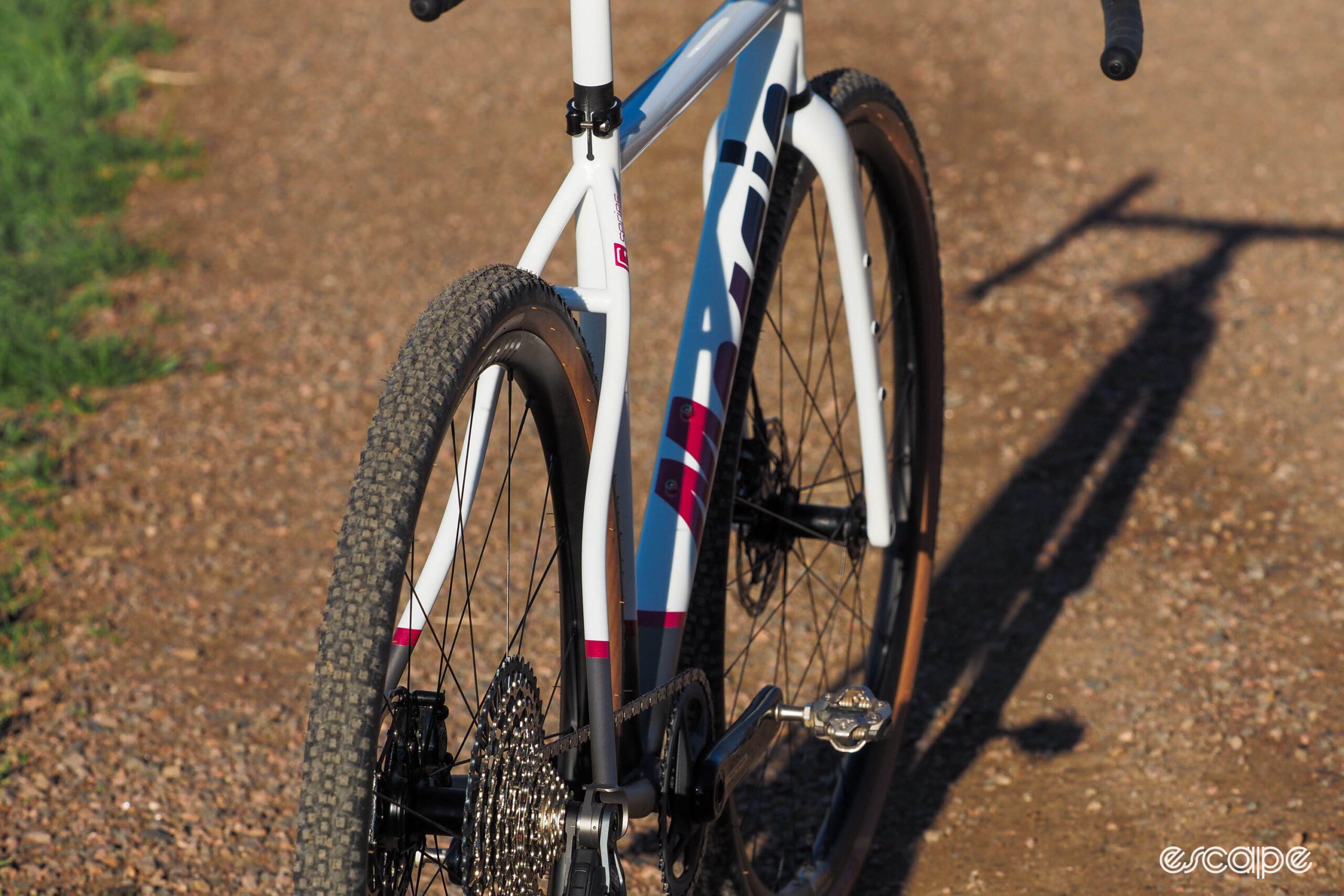
Some of that improvement has been prompted by consumer wants and needs, such as more generous tire clearances, which rarely carry any major downsides but have so much to offer. Are a few extra mounts often handy? Well, duh. Lower gears for climbing? Shocker, it turns out that average riders don’t quite have the power outputs of the pros.
Many of the other gains, however, are more objectively measured and require a lot of engineering resources to do them right. Steve Hed may have been able to “see” air flowing around his wheels, for example, but there was still a bunch of computer simulation and wind tunnel work to validate and fine-tune his intuition. Think building a sub-600 g road frame is just a matter of omitting a few plies of carbon fiber or thinning out some tubes? Good luck getting that to pass various industry safety tests. And making a bike that’s exceedingly comfy that doesn’t feel like a noodle when you’re climbing out of the saddle or sprinting isn’t exactly child’s play, either.
Point being, modern bikes are so incredibly good that one has to ask that if you take tailor-made geometry out of the equation for a moment, what’s even the argument these days for going custom at all? Couldn’t you get something similar with maybe a stock frameset with a custom paint job and bespoke build kit? In other words, as much as I enjoyed this Mosaic, would I have been just as happy with something off-the-shelf?
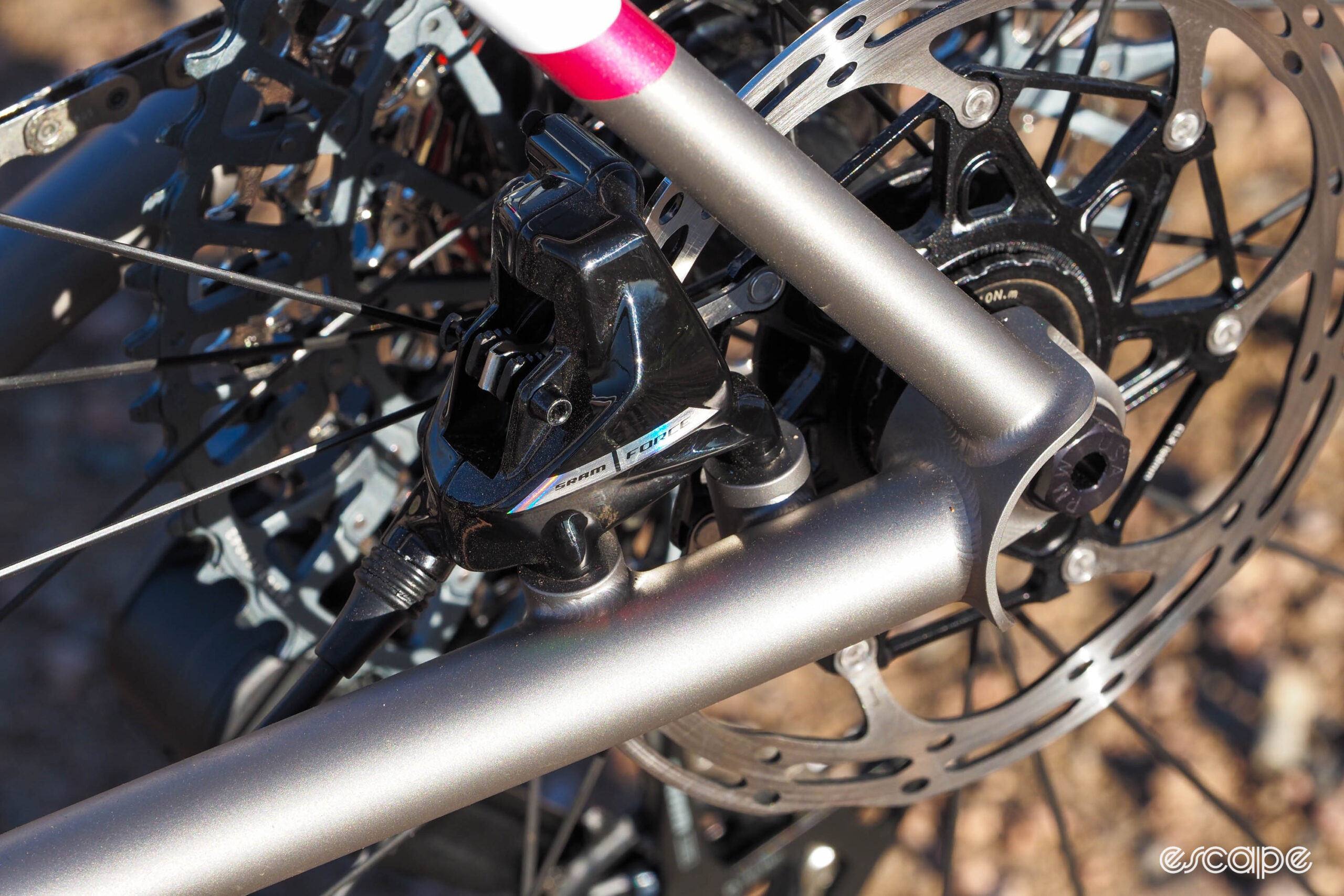
As you’d imagine, the answer to that question is full of nuance and subjectivity. In short, it’s more than a little bit complicated – and not just from my perspective.
Naturally, Currie was quick to offer up Mosaic’s take on the topic.
“People value high-quality, handcrafted products. Mosaic is based on the principle of creating lasting products that provide an exceptional user experience. People come to Mosaic interested in experiencing our take on titanium, one that’s known for blending race-worthy performance and compliance for a very well-rounded package. Our customers form deep, meaningful connections with their bikes, their Mosaic dealer, and with us. If we’re able to build a bike for someone who goes on to enjoy that bike so much that they’re encouraged to ride it more, then we’ve done a fine job.
“Defining the goal for each customer is the most important part of the bike buying process, whether that’s with Mosaic or not,” he continued. “The lightest, stiffest, most aero, brightest, most envelope-pushing bike whatever it is, is not likely to be the best bike for most people’s goals – no matter who that person is. While an off-the-shelf bike has a set layup for each size and is built with certain performance characteristics, Mosaic looks at each individual rider and determines the right product for their specific goals.”
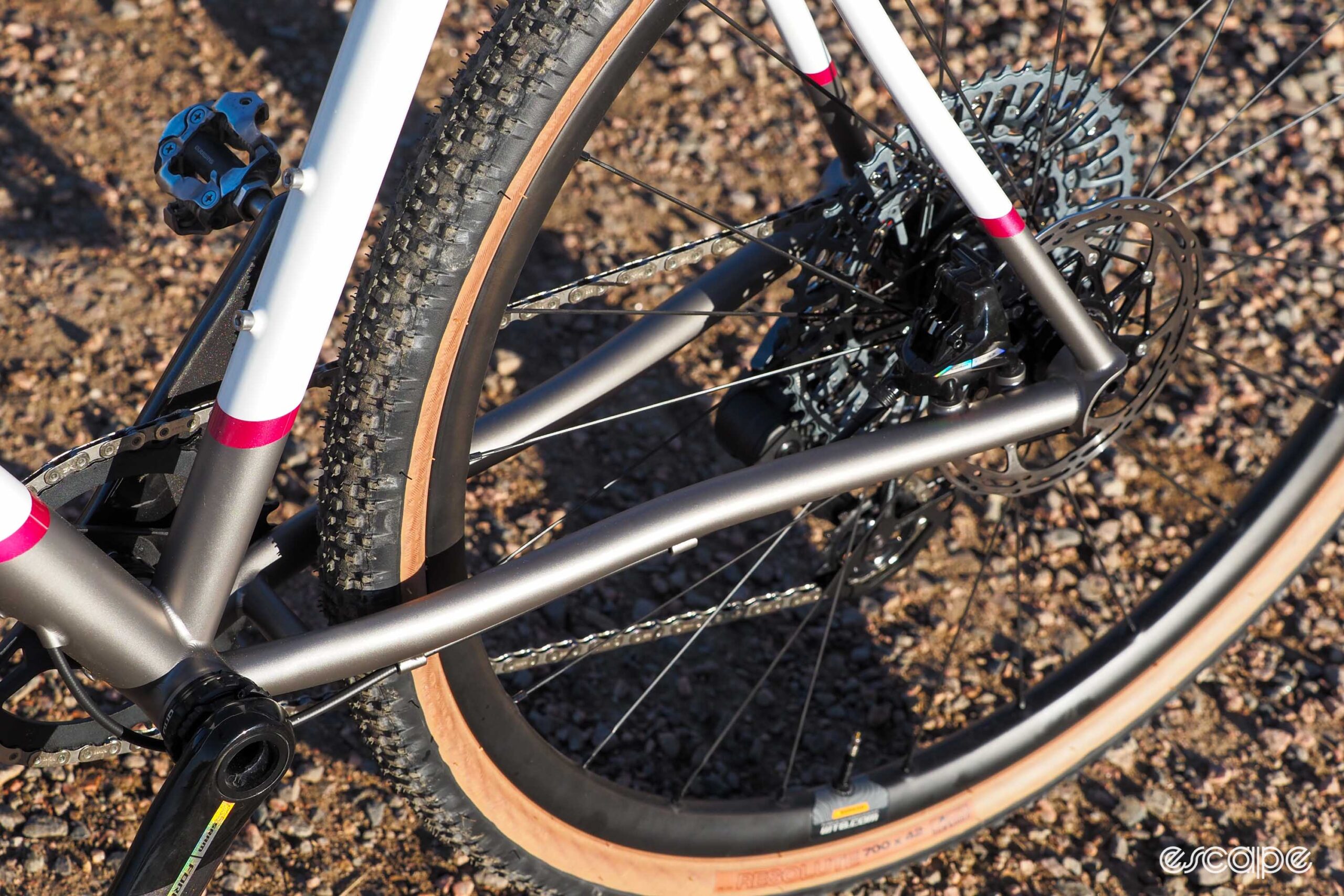
Ok, fair enough, and I can’t say Currie is wrong about any of that. While high-end stock bikes often see countless simulations and prototypes during the R&D process before they’re finalized, they’re still typically built to accommodate the middle of the bell curve for whatever that particular model is intended to suit. In contrary, custom bikes fill a want or need that someone simply can’t find in a stock item, but aren’t likely to enjoy the benefits of dozens – sometimes hundreds – of iterations. Like I said: it’s complicated.
As much as Mosaic’s position is valuable, I also wanted to know opinions from the other side of the equation on the topic of custom bikes in general – from the people who either already own a custom bike, have been considering one, or even just think they’re unnecessary. And so I asked them, and as of when I wrote this article, I got more than 160 replies.
A sampling:
“Because few people need the performance and marginal gains highlighted by the manufacturer year over year. If you love your bike, you will ride it more. [The] easiest way to have that connection is involving yourself in the decision making process.”
“I hate showing up to the party and seeing someone wearing the same outfit as me.”
“Subtle ride quality tuning, aesthetics, fit, etc. Also, the undefinable pride of ownership, uniqueness, and… soul.”
“Sometimes, the big companies simply don’t offer what I want. A fat tire ‘road’ bike without ugly logos, graphics and disc brakes ten years ago wasn’t all that common. A gravel bike with room for 50c and MTB-inspired geometry? Same. Plus, I get to have a voice in the discussion about ‘my’ bike.”
“Do better numbers – weight, stiffness, etc – make a bike a better total bike? What is ‘better’ for a pro doesn’t mean it’s better for me.”
“Boutique brands offer something unique and special to riders that seek that kind of value. They’re not for everyone, nor should they be. With every boutique brand bike comes a product and a story that makes the experience special. Some value that; others don’t.”
“Best part of owning a custom bike is getting to tell everyone you own a custom bike.”
“I’ve had many custom steel hardtail mountain bikes and they are great to ride but performance wise, inferior to carbon full-suspension. I would Love a Mosaic or Moots; they are beautiful and cool. But I bought a carbon bike (Otso Waheela C) for less than the price of one of those frames and it’s a totally fine bike.”
“Because life is short and I want to ride something unique and that speaks to me.”
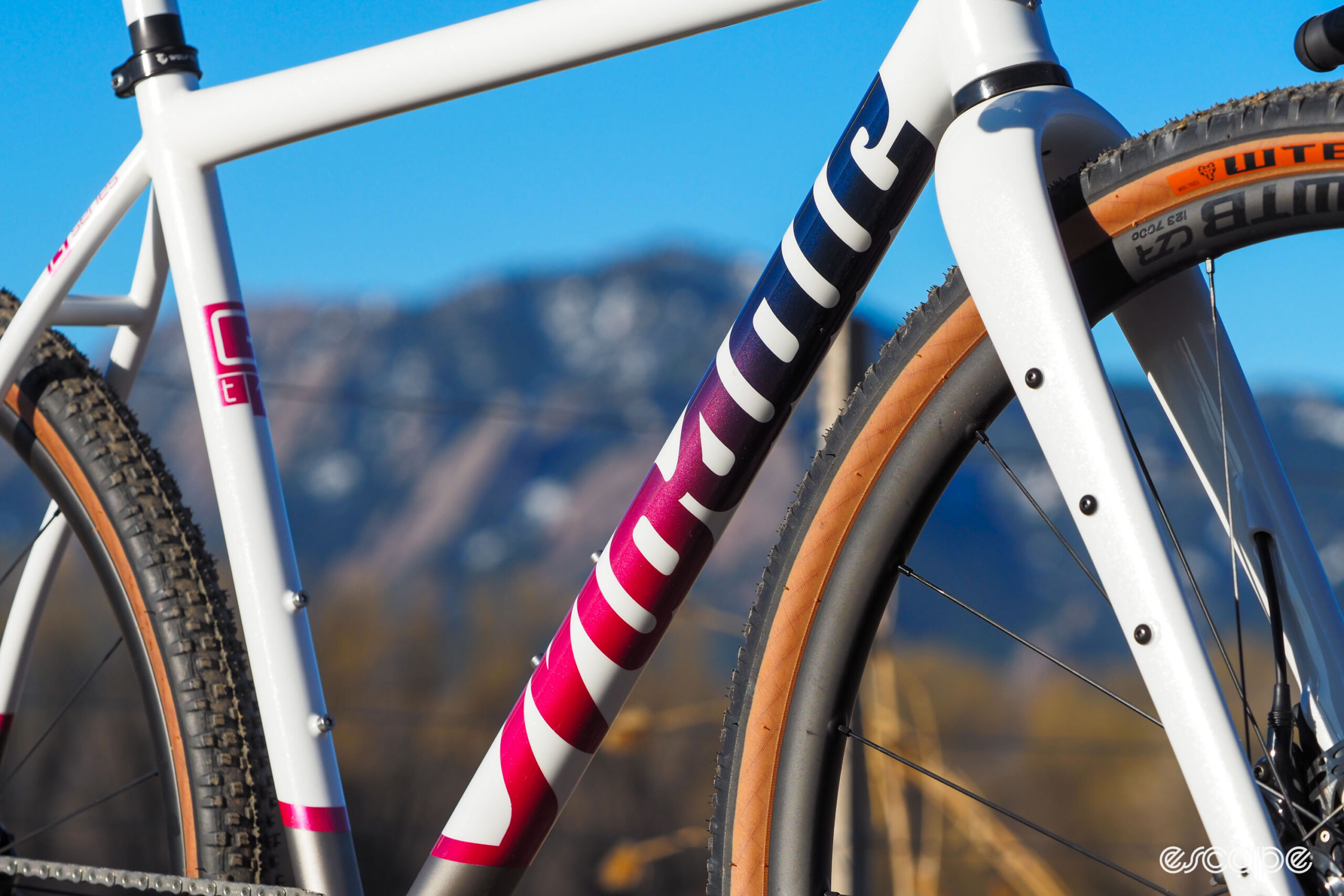
It’s worth noting that none of these answers are wrong, and as with most things in life, there’s more than one good solution. But ultimately, we’re talking about bikes here, and unless your thing is specifically chasing the gains and/or regularly pinning on a number, there’s absolutely a point to the argument that few of us stand to gain much real-world benefit from a second shaved here or a gram shaved there.
I consider myself an exceedingly logical person, and so the custom vs. stock conundrum has always weighed on me. That custom geometry Mosaic used for my GT-1 i45 test sample? Truth be told, I could get pretty darn close to that with a stock BMC URS, along with a notably smoother ride quality, lower weight, and enough money left over for a snazzy paint job and a riding vacation to Portugal (I do love me a good Pasteis de Nata). But would I turn to look at it like I have with the Mosaic? Would I be tempted to reach for something newer with more tire clearance? Would I have that same connection?
So many questions. So few good answers.
Home is where the heart is
In some ways, I imagine building a custom bike to be akin to building your custom dream house. You’ve lived in a few houses, talked to a bunch of people about theirs, read a lot and looked at a ton of images. You’ve probably talked to a designer and architect to help translate those thoughts and ideas into something concrete (literally and/or figuratively).
But when all is said and done, there’s still some faith and acceptance required. Is the finished product completely without fault? After you’ve settled in, do you think about what you could have done differently? Or does none of it matter because with all of its flaw and quirks, it’s still yours? And is the person who lives next door in the post-war tract home just as happy as you are?
As the saying goes, home is where the heart is, and I think it’s the same with bikes – be they custom or otherwise. Ride what makes you happy. If that’s with a US$12k custom titanium Mosaic or an US$800 bargain find at Decathlon, so be it. Just keep in mind that if whatever you’re on now doesn’t bring a smile to your face, you can do better.
More information can be found at www.mosaiccycles.com.
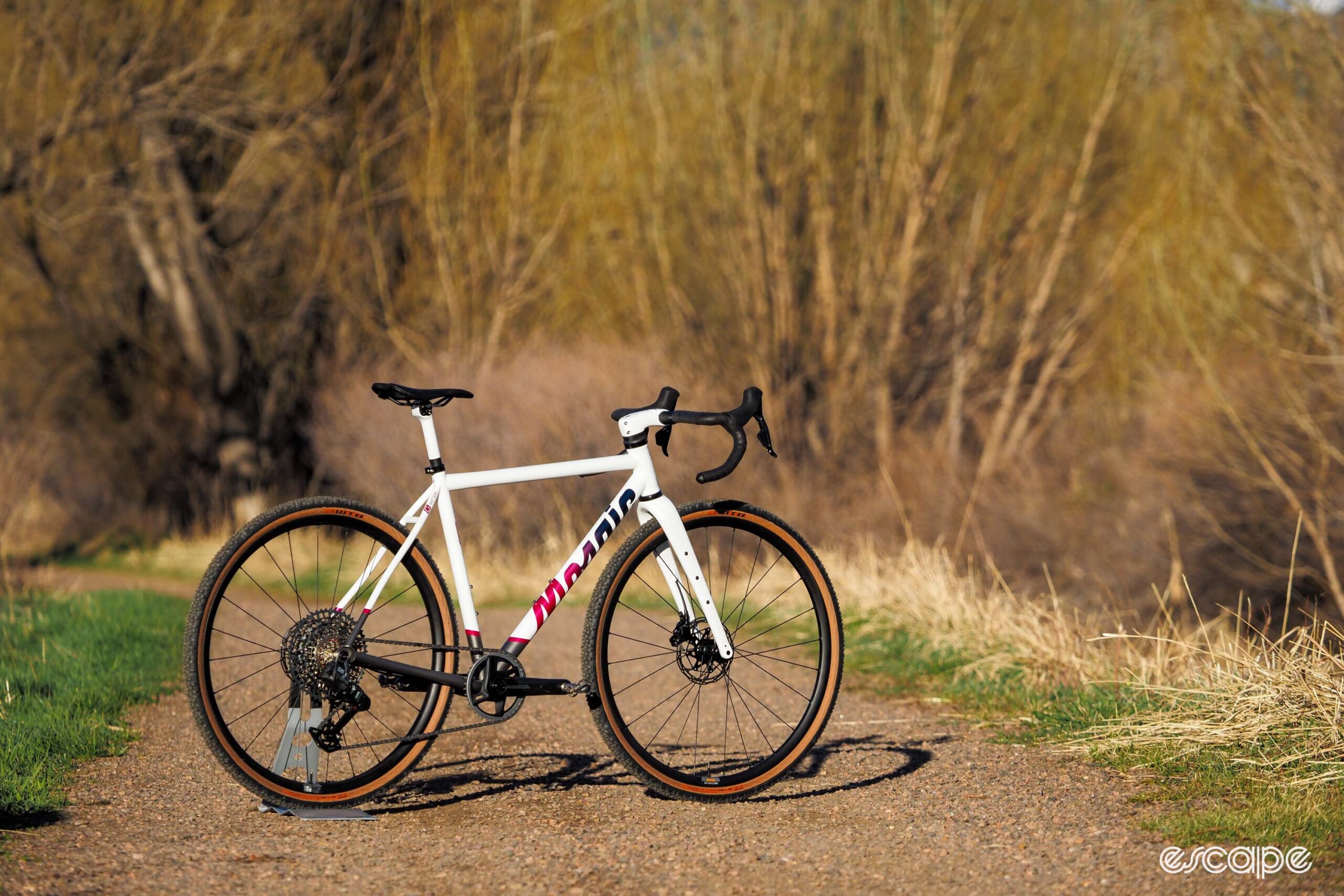
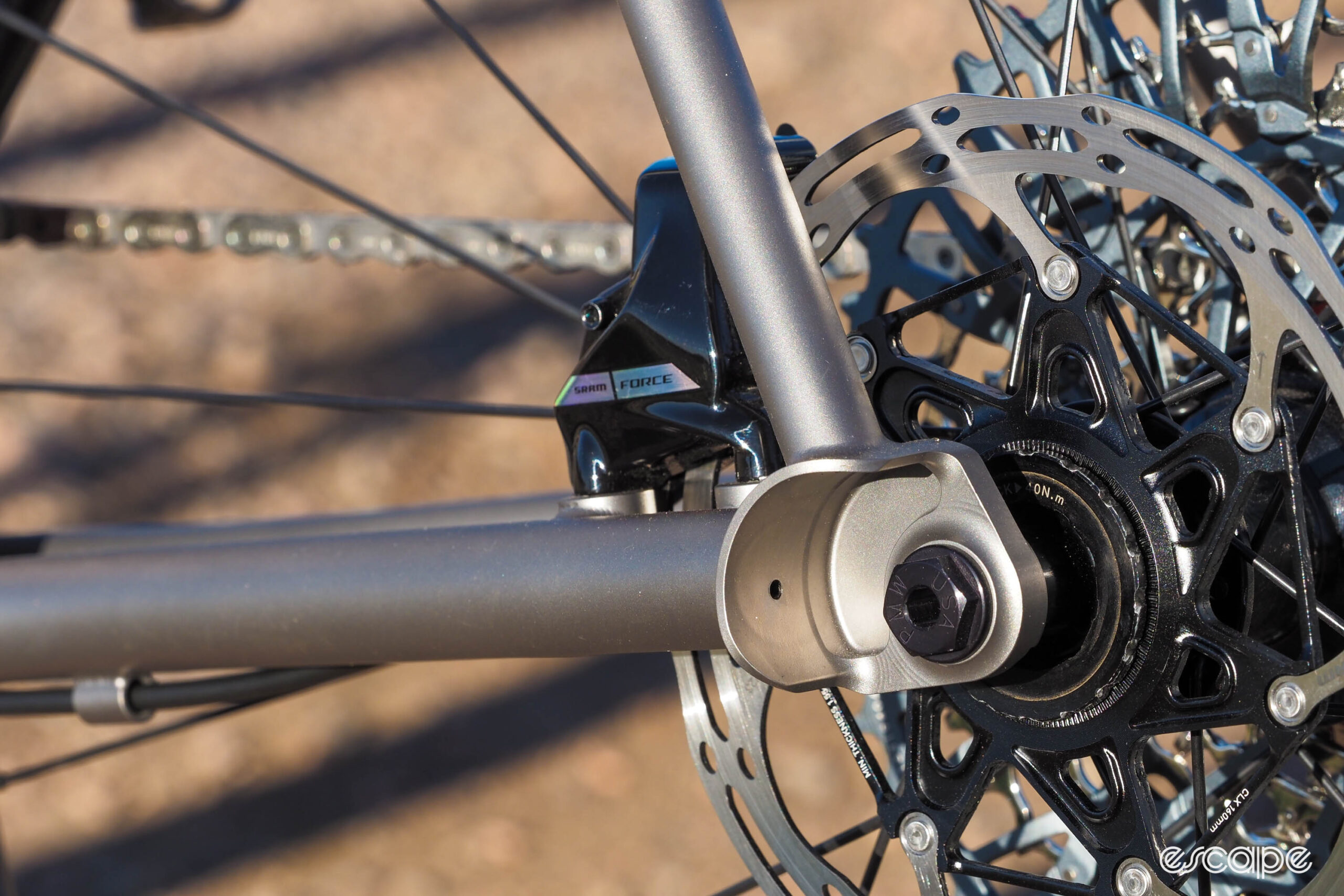

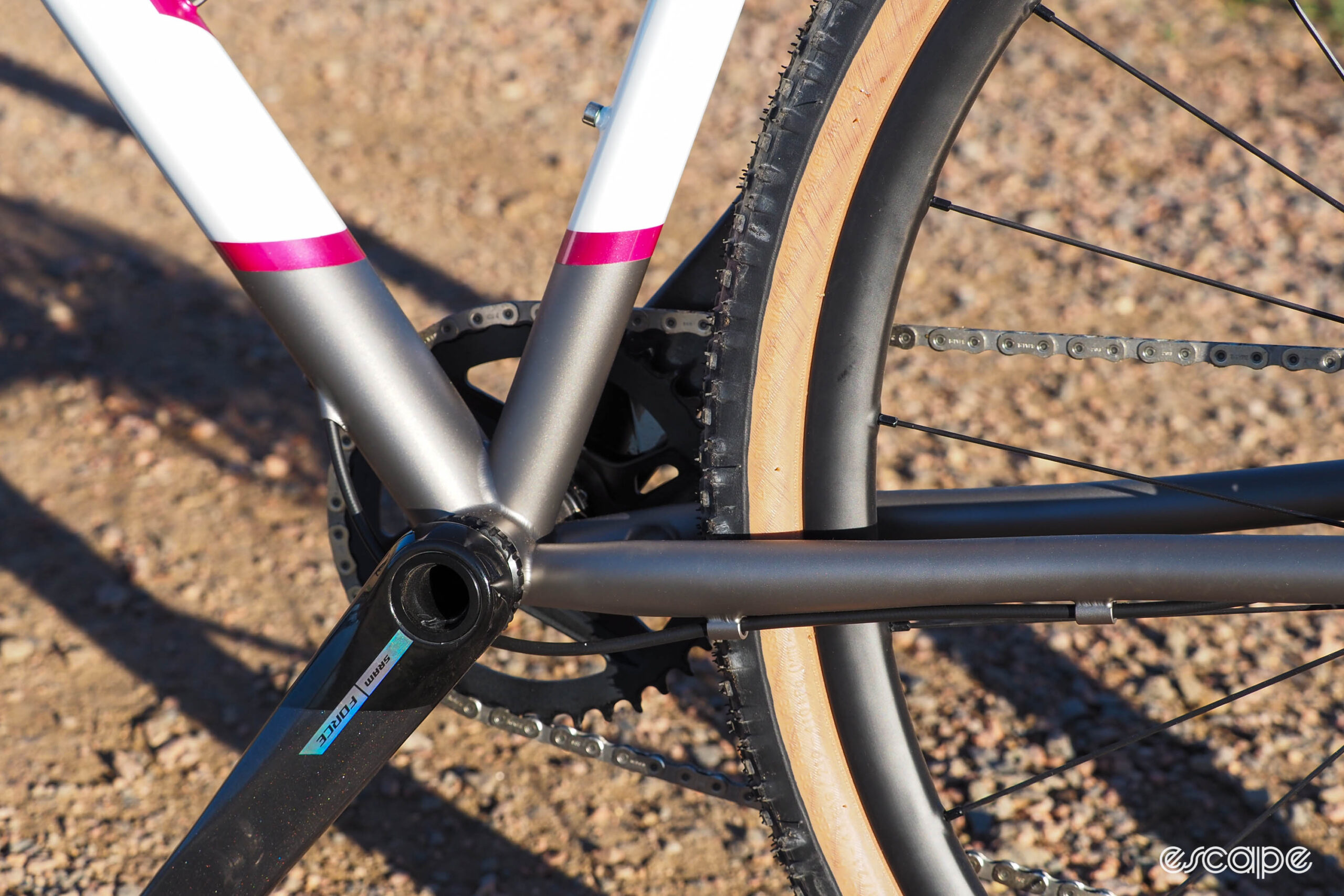
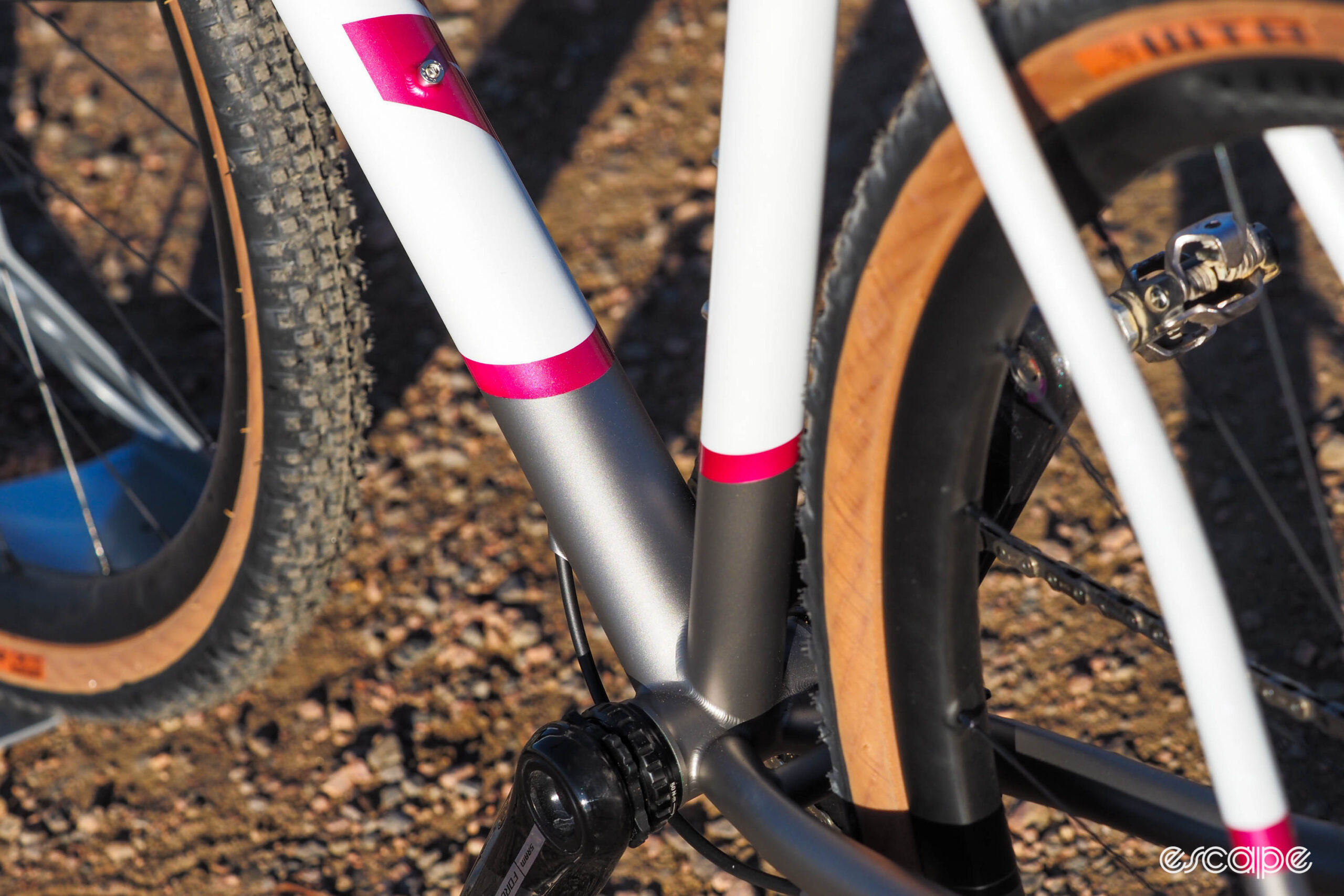
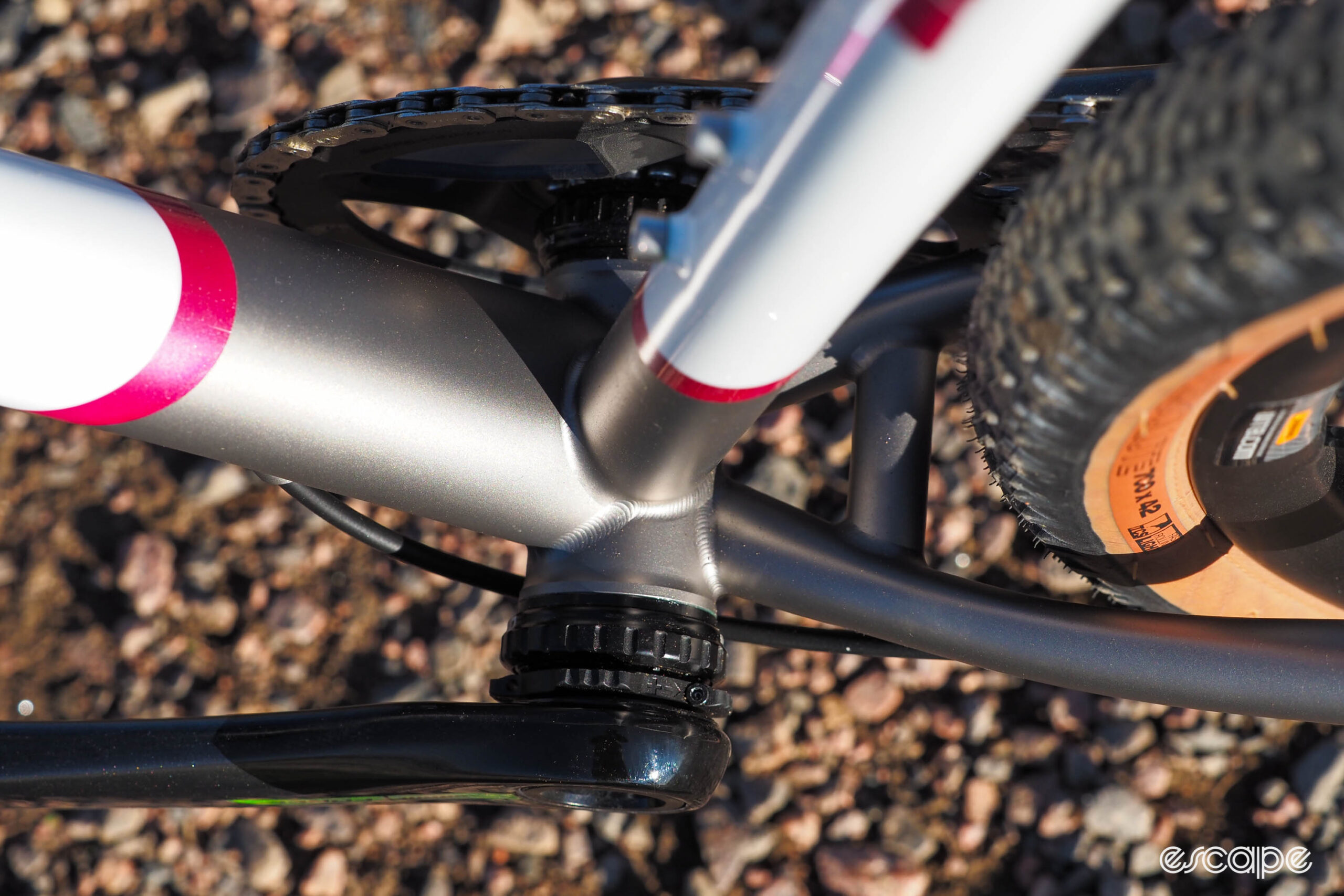
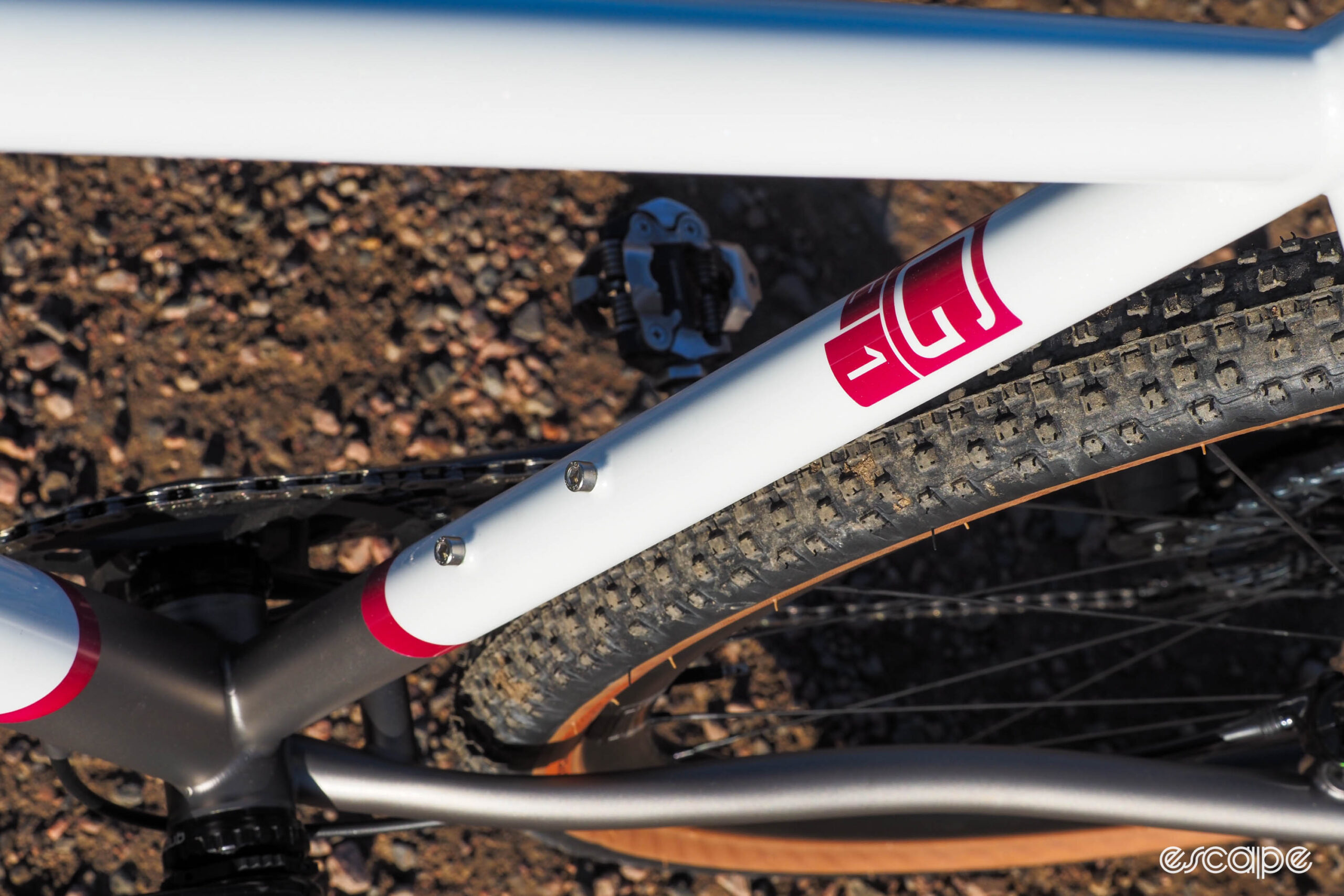
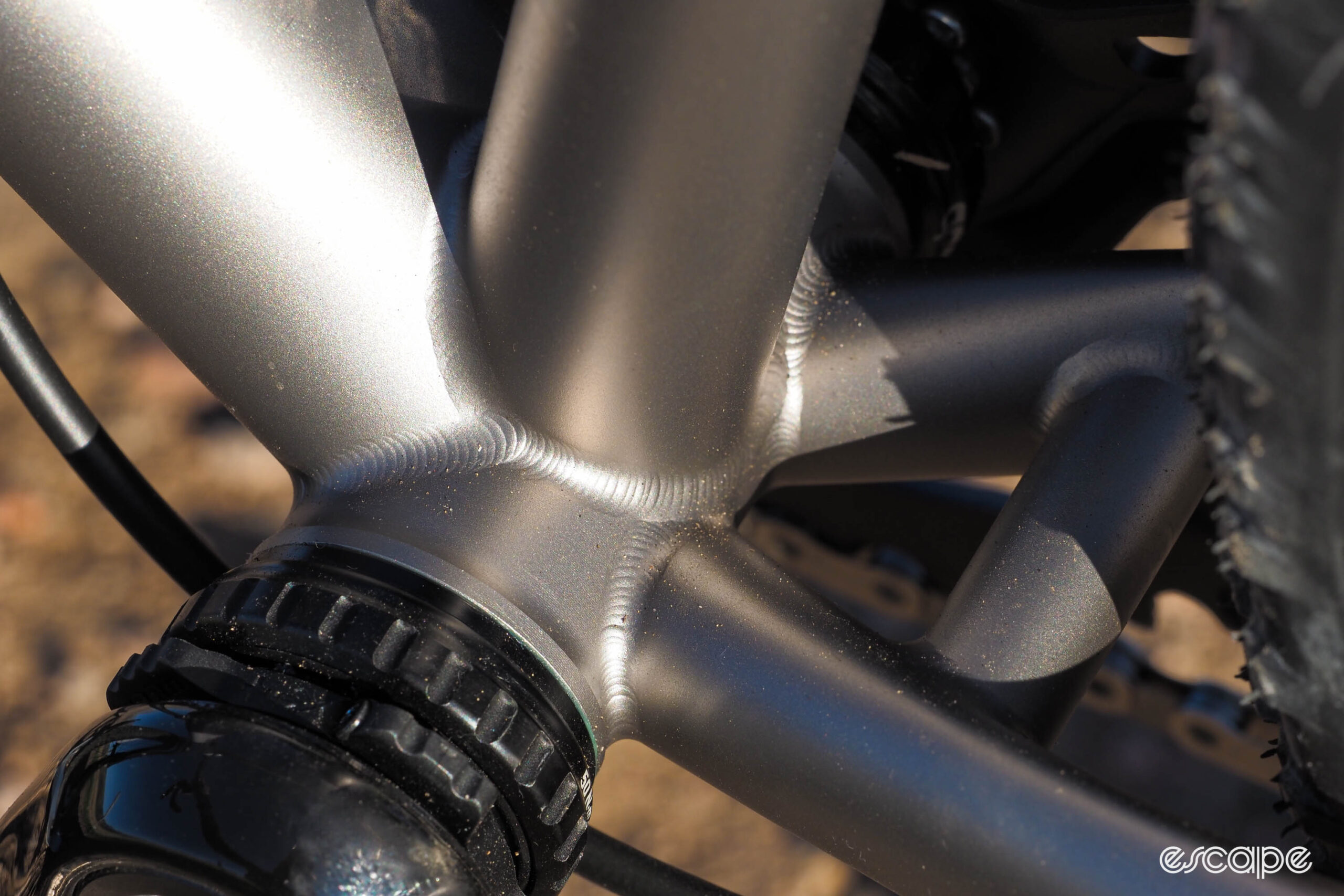
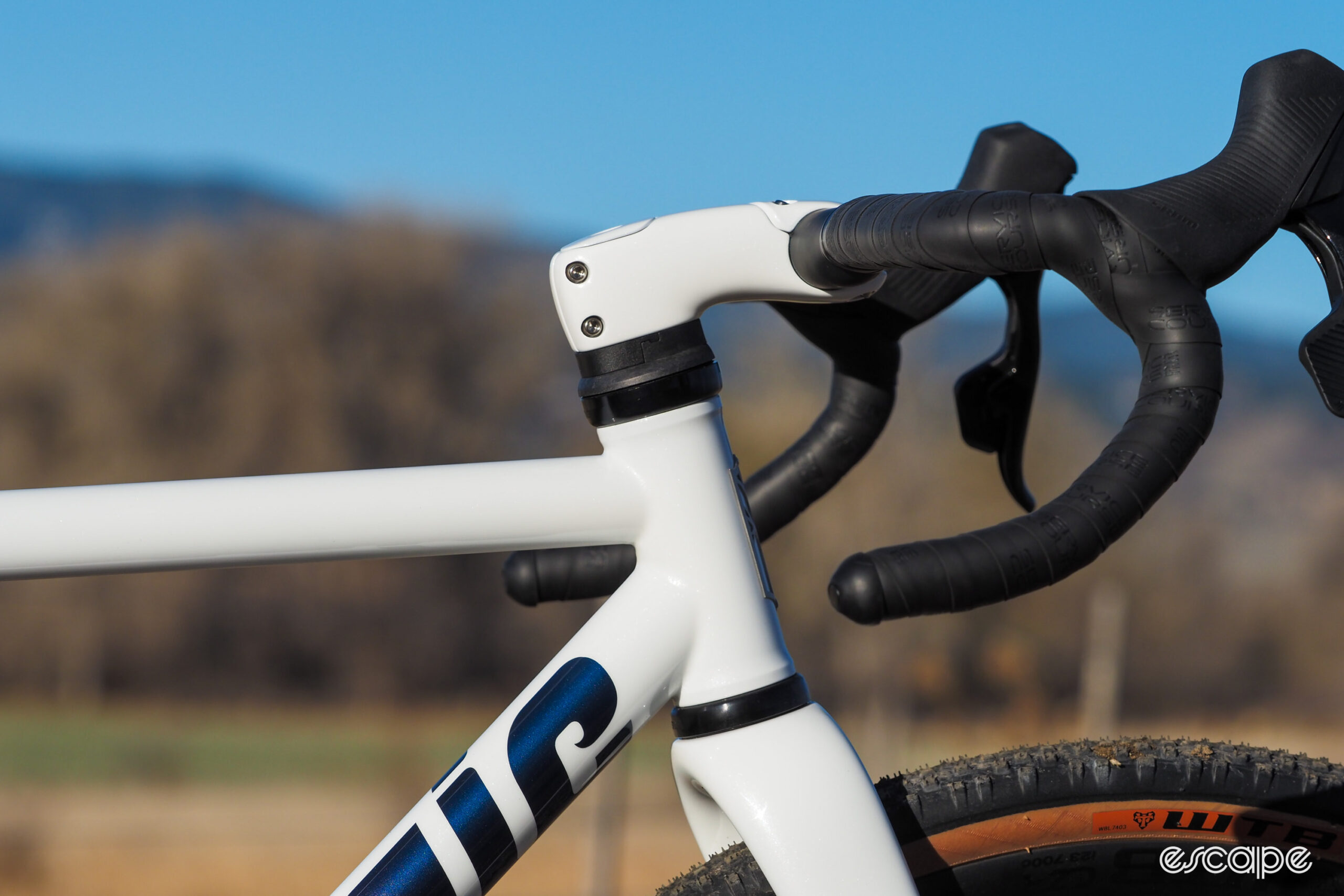
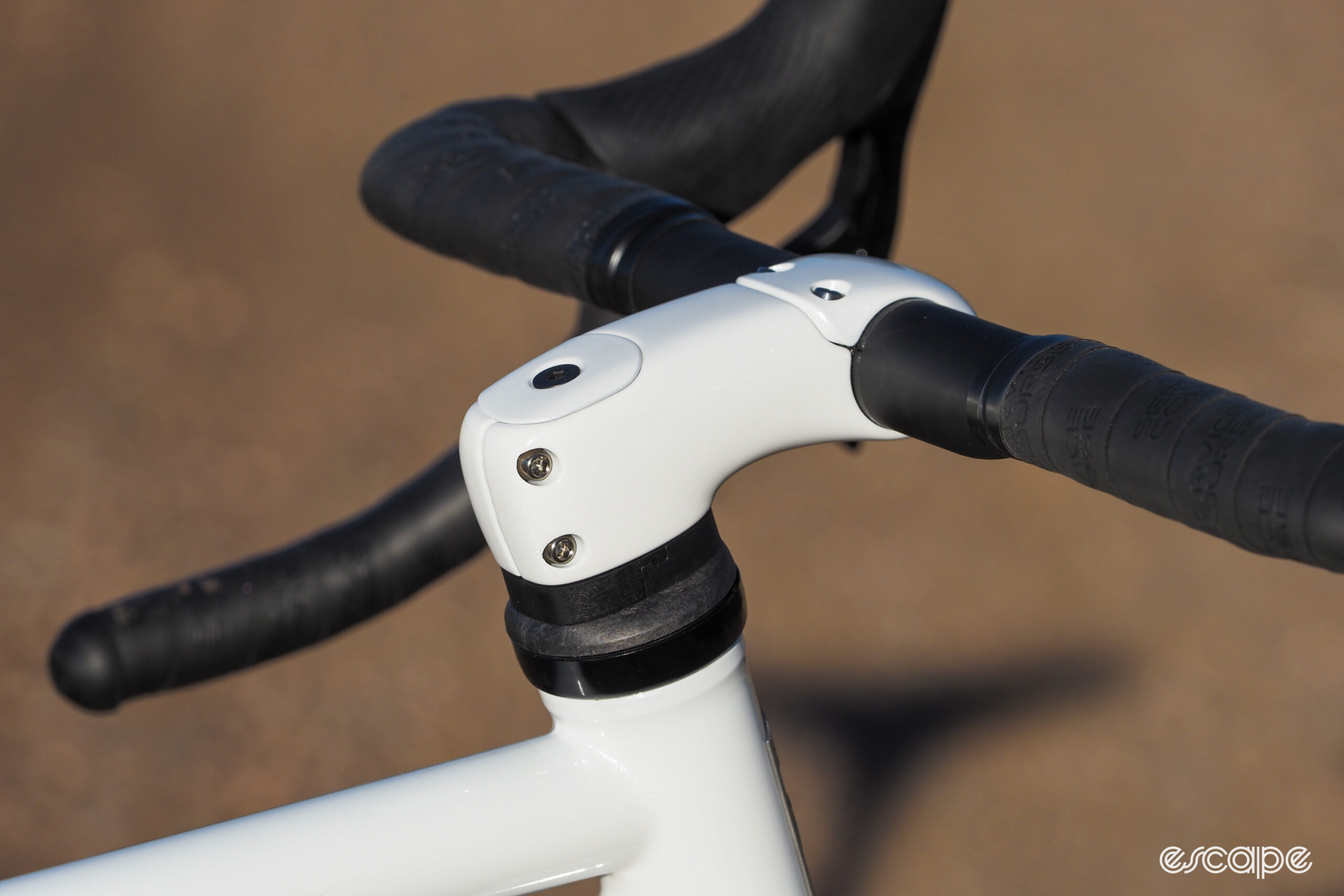
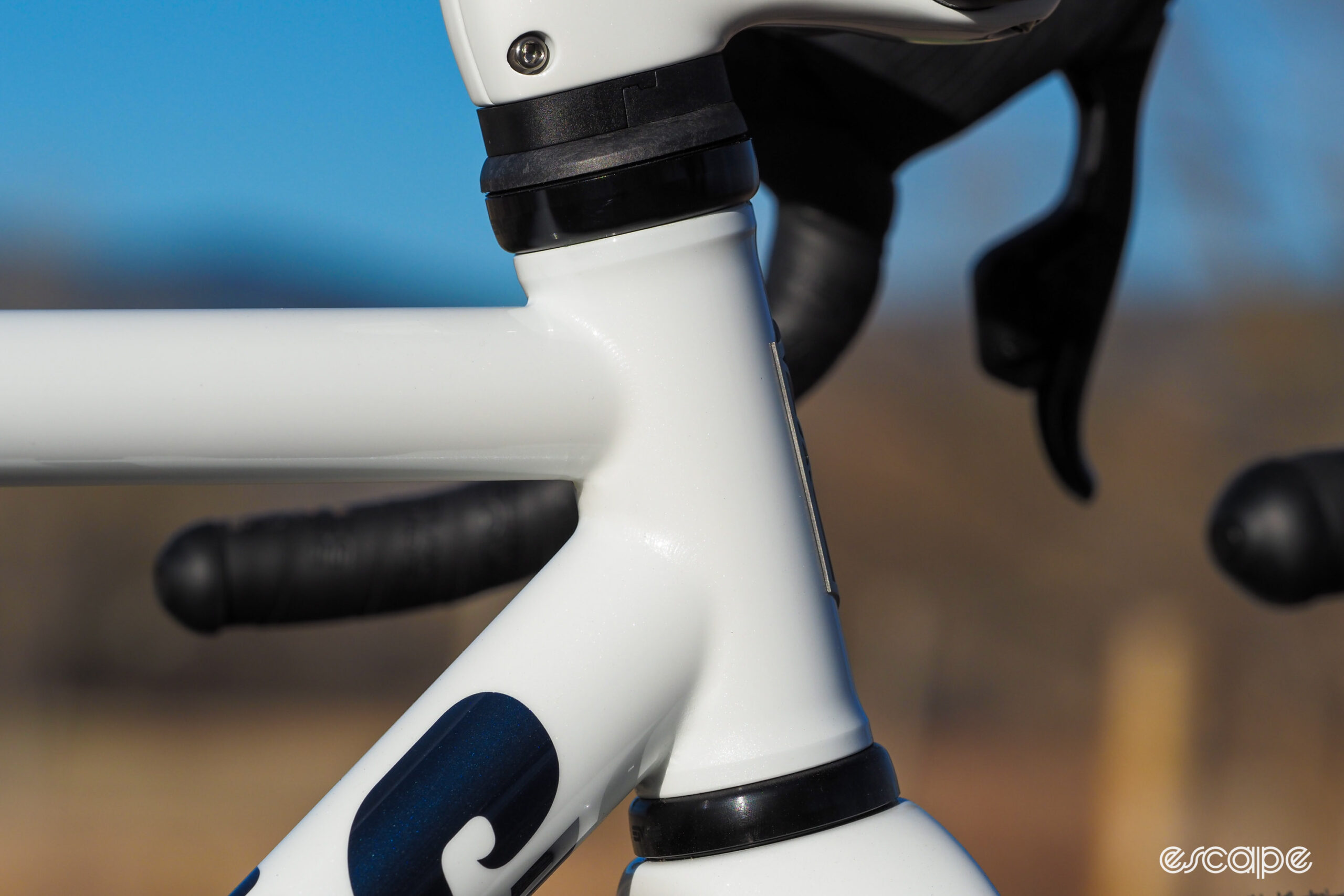
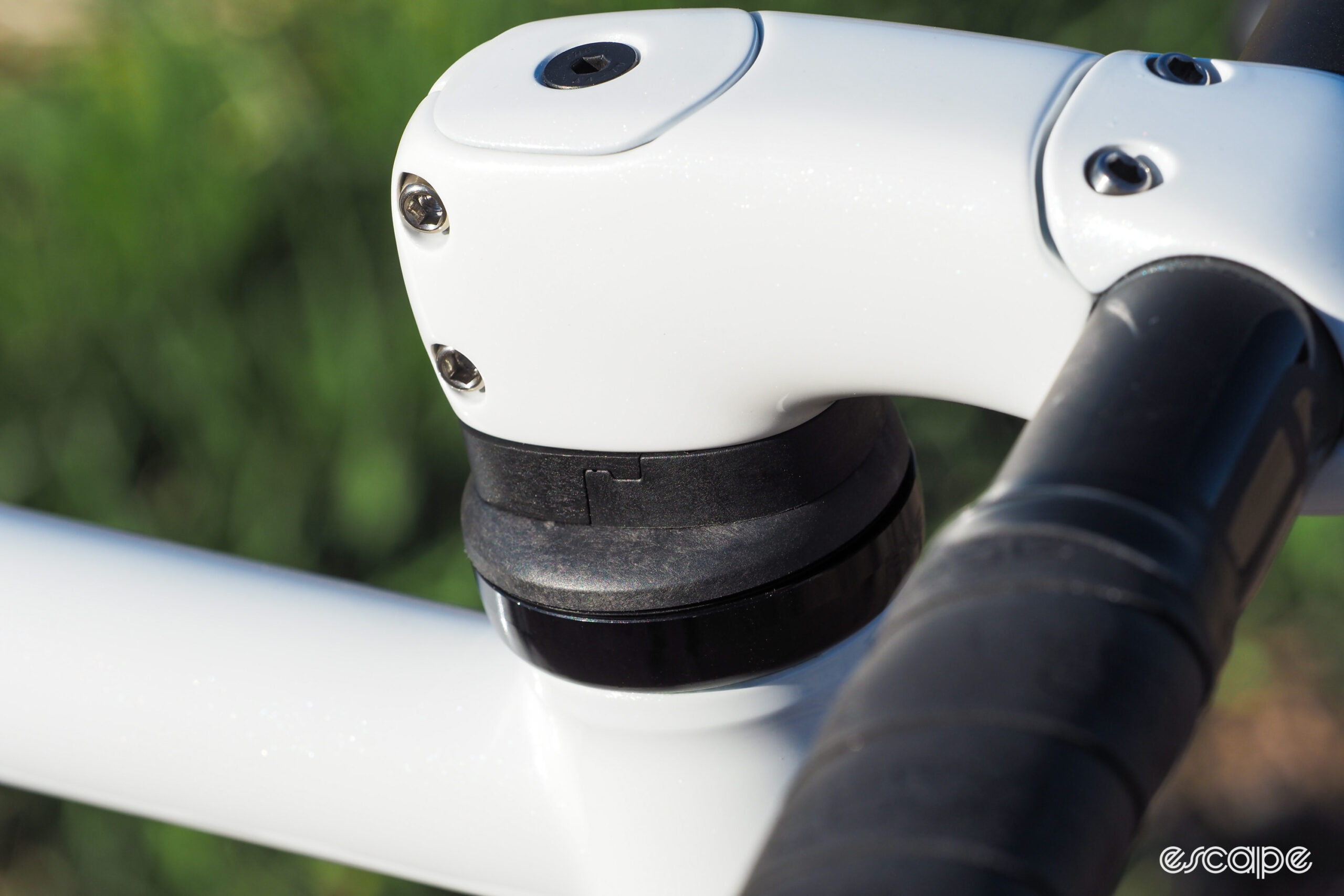
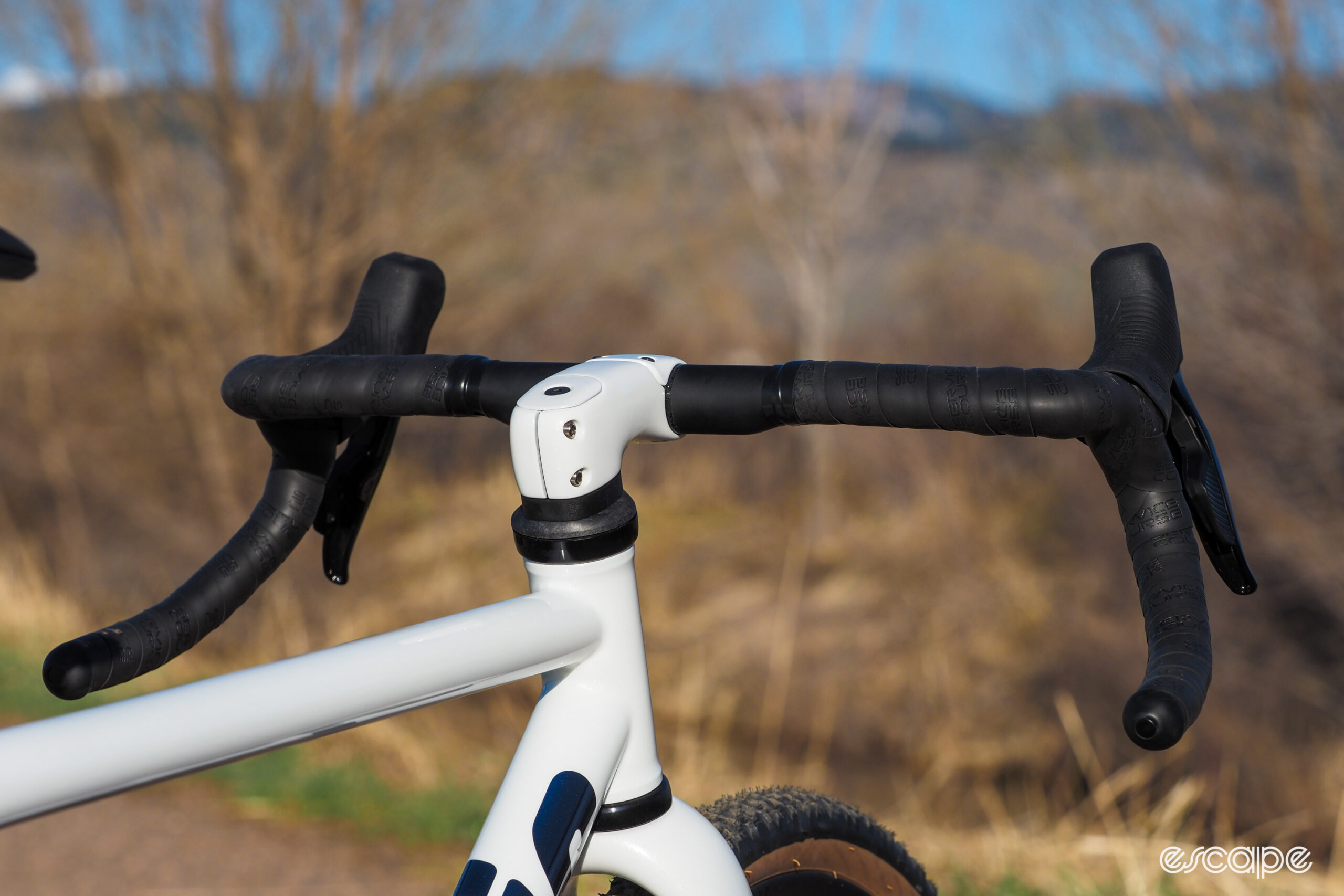
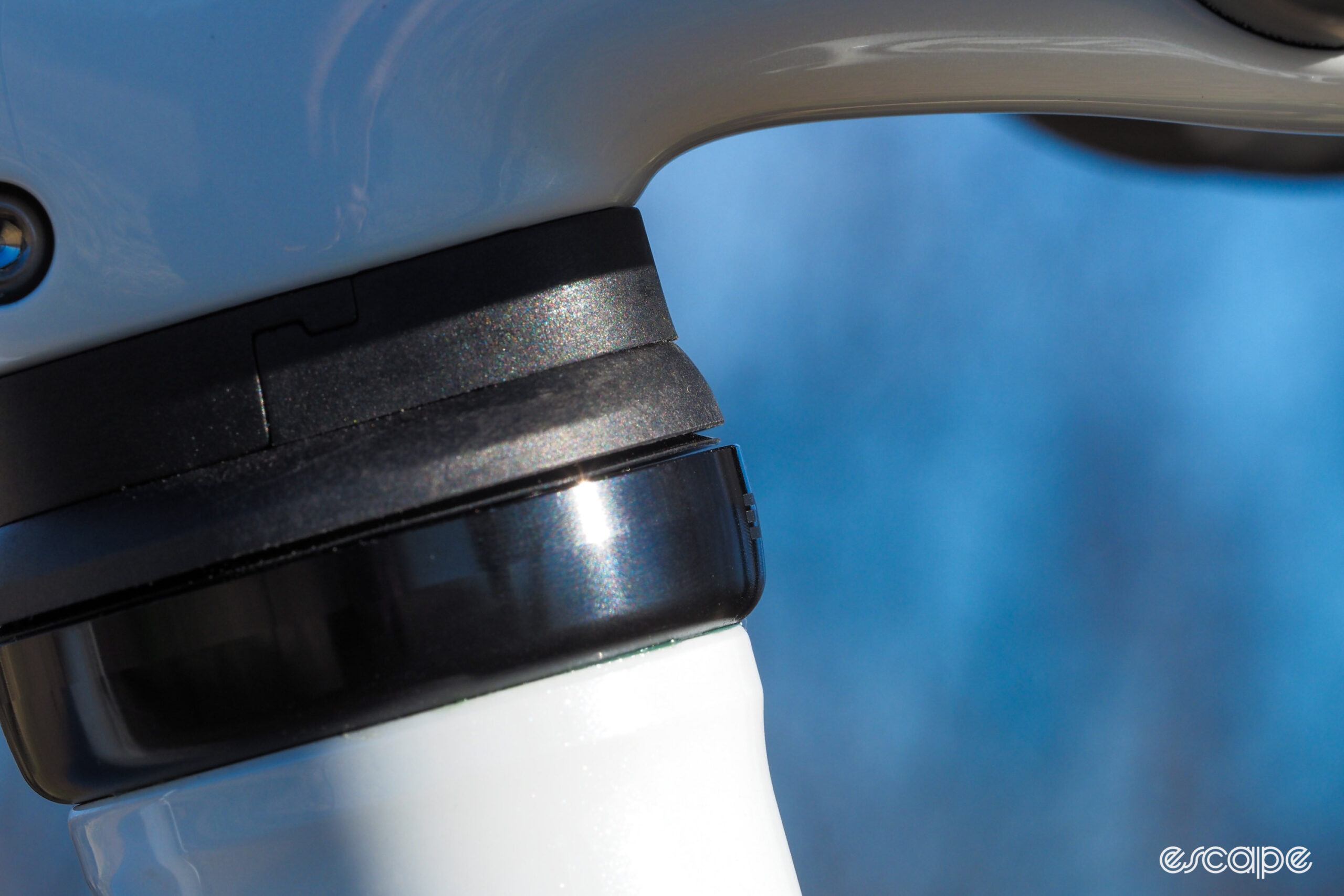
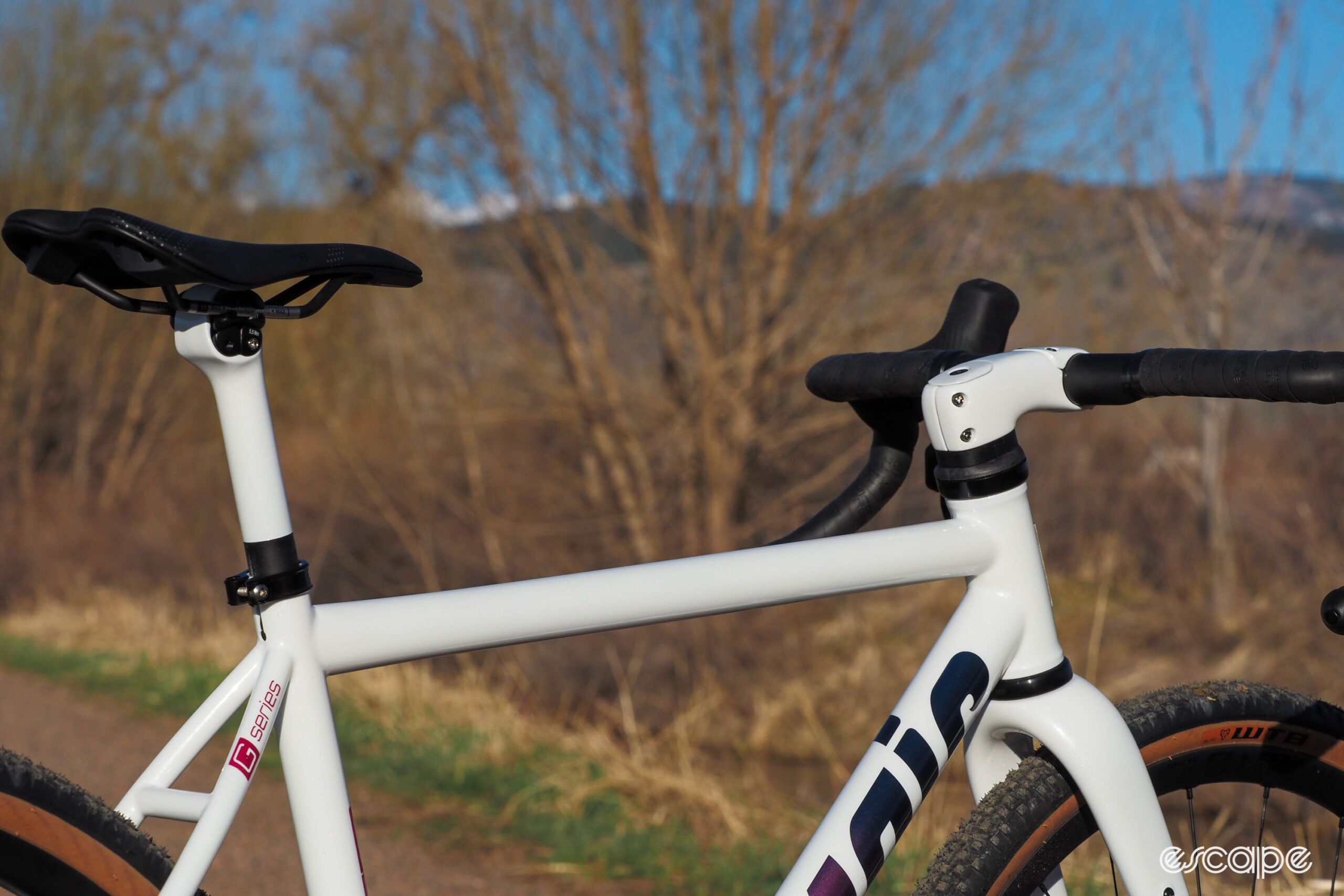
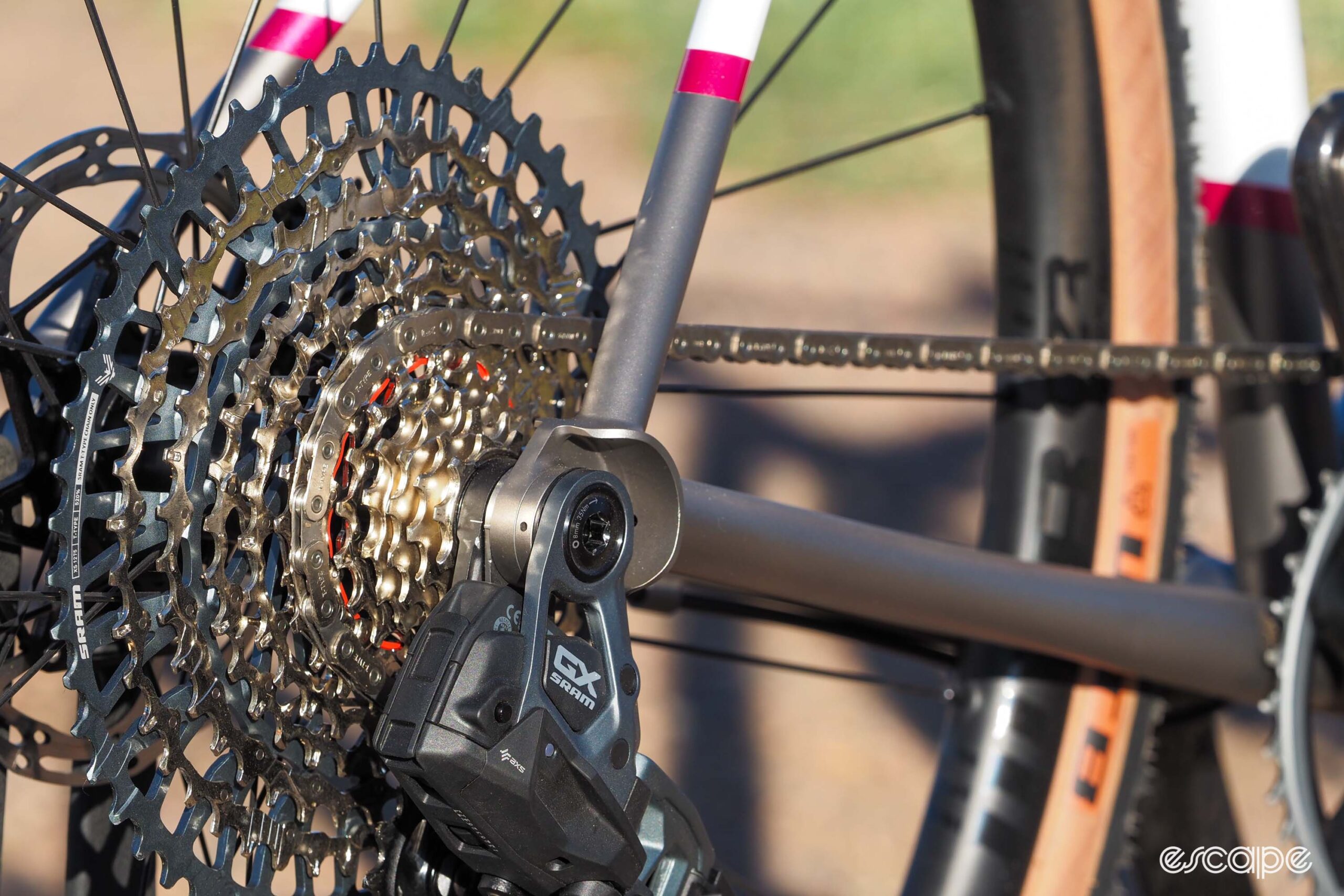
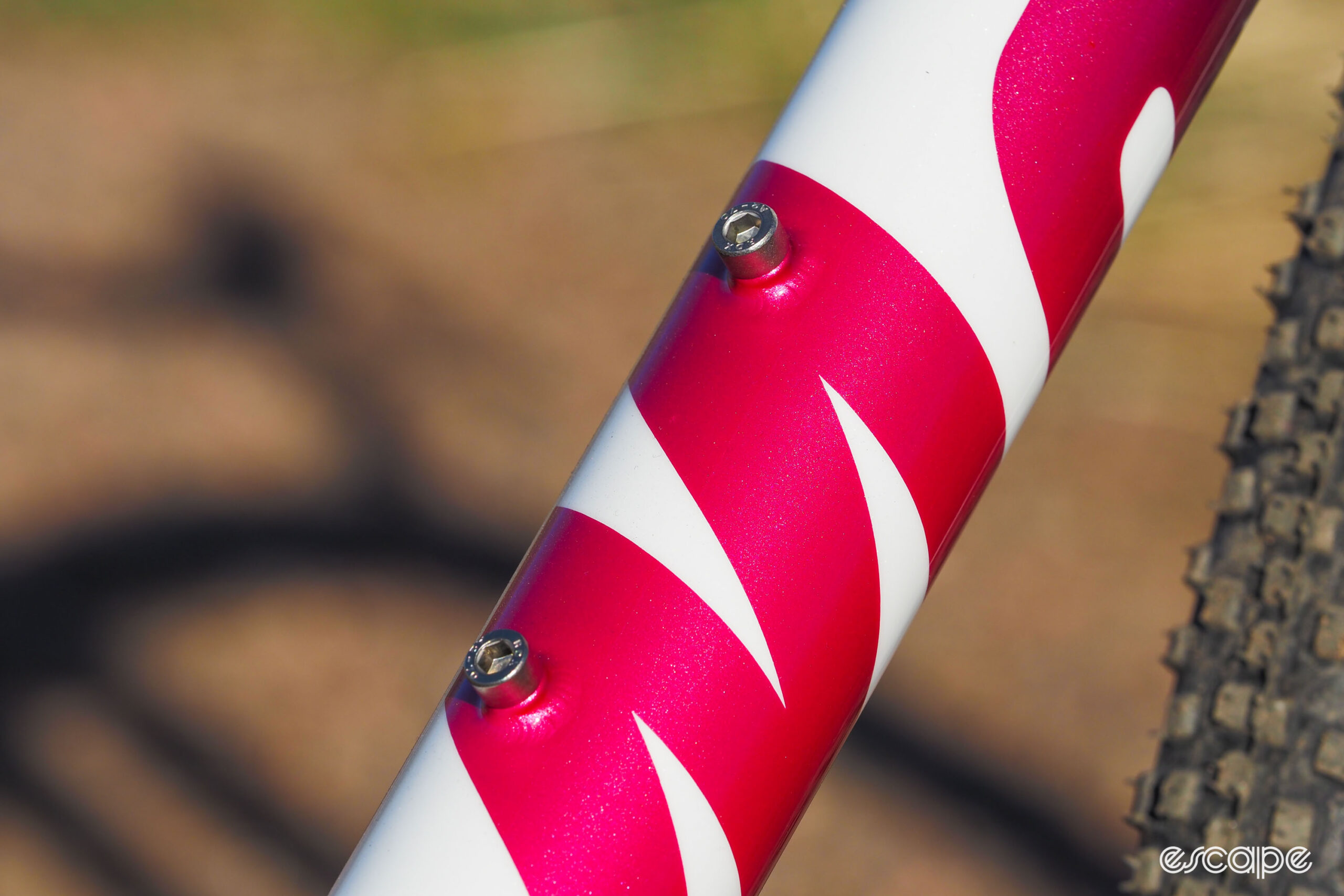
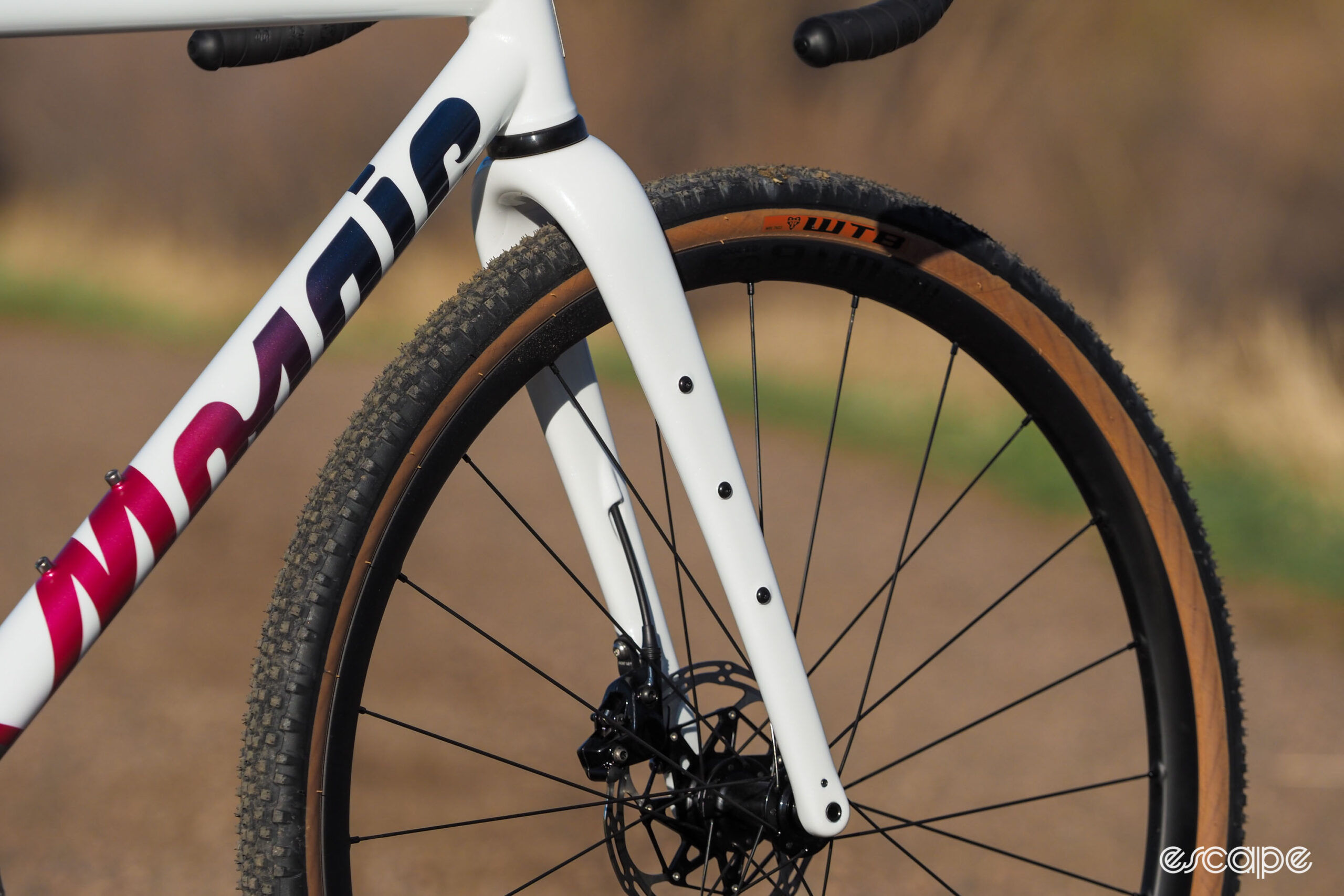
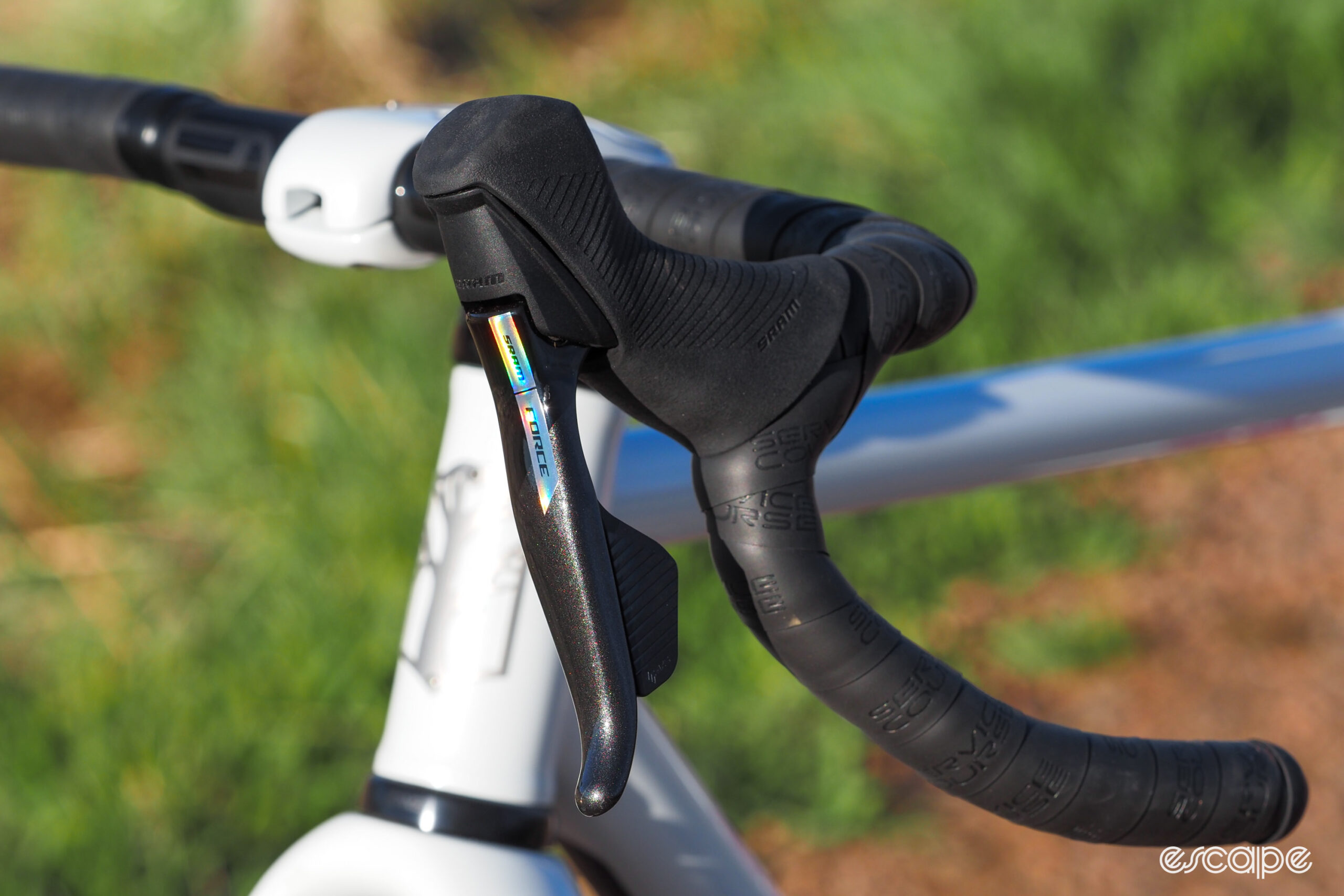
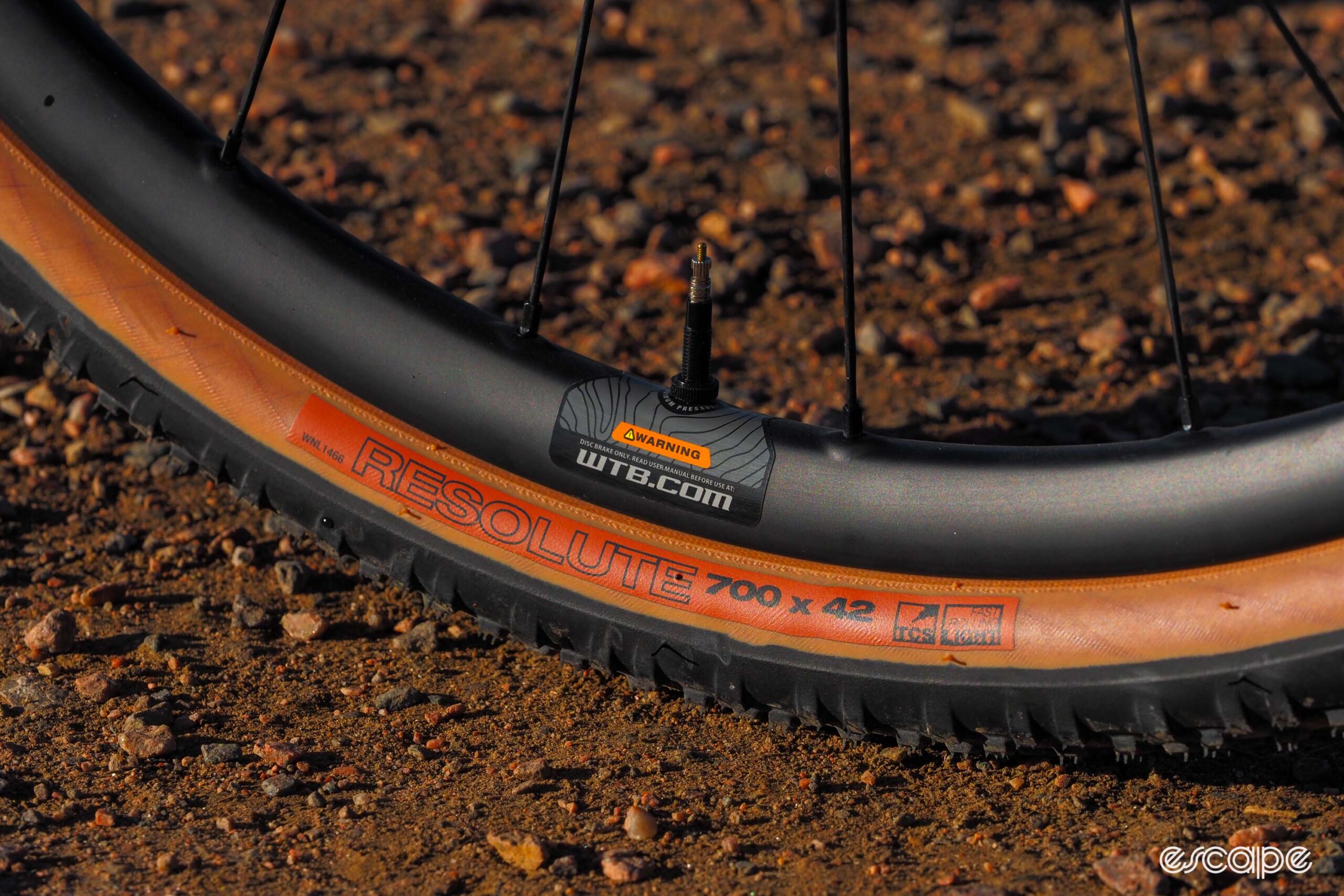
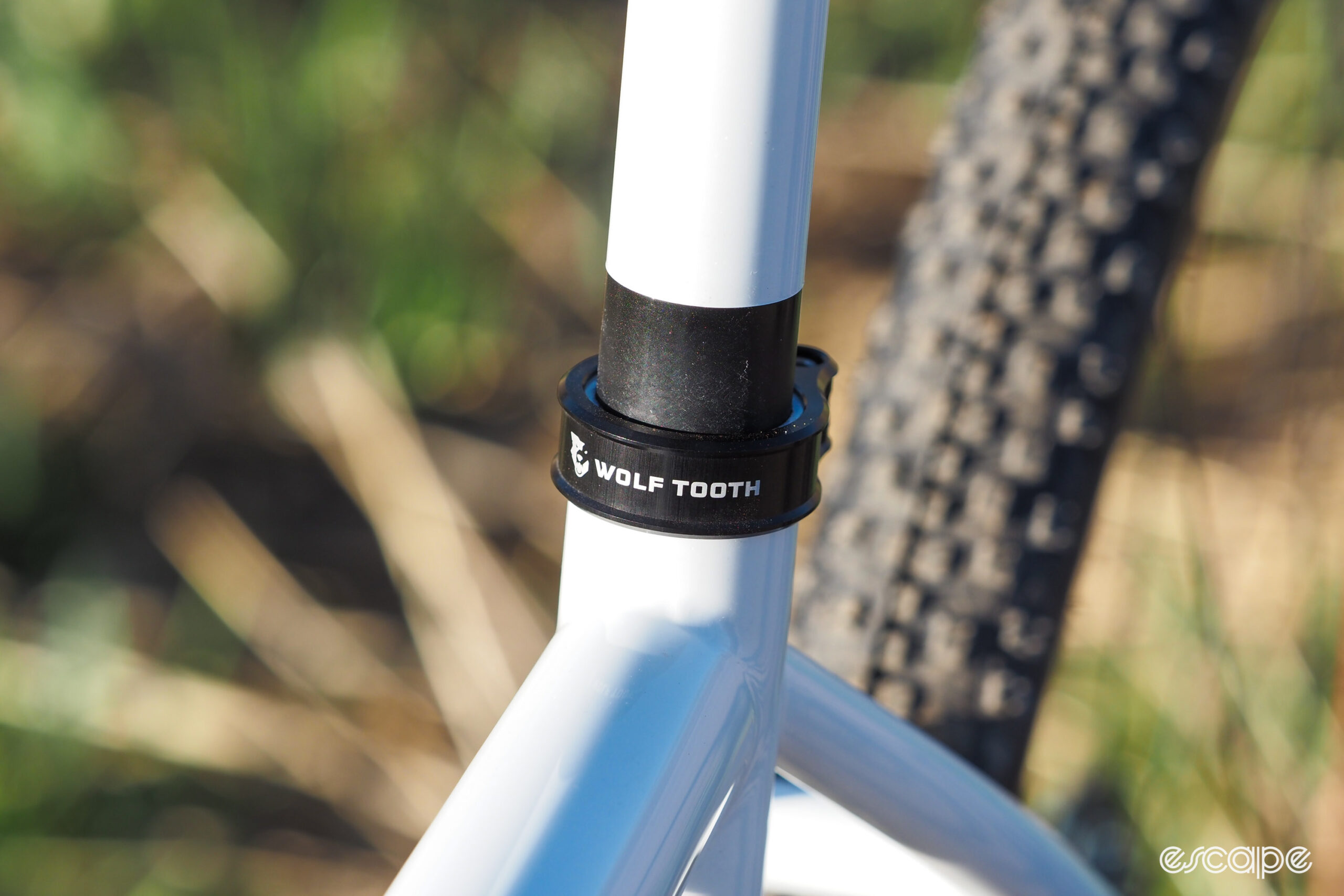
Did we do a good job with this story?
